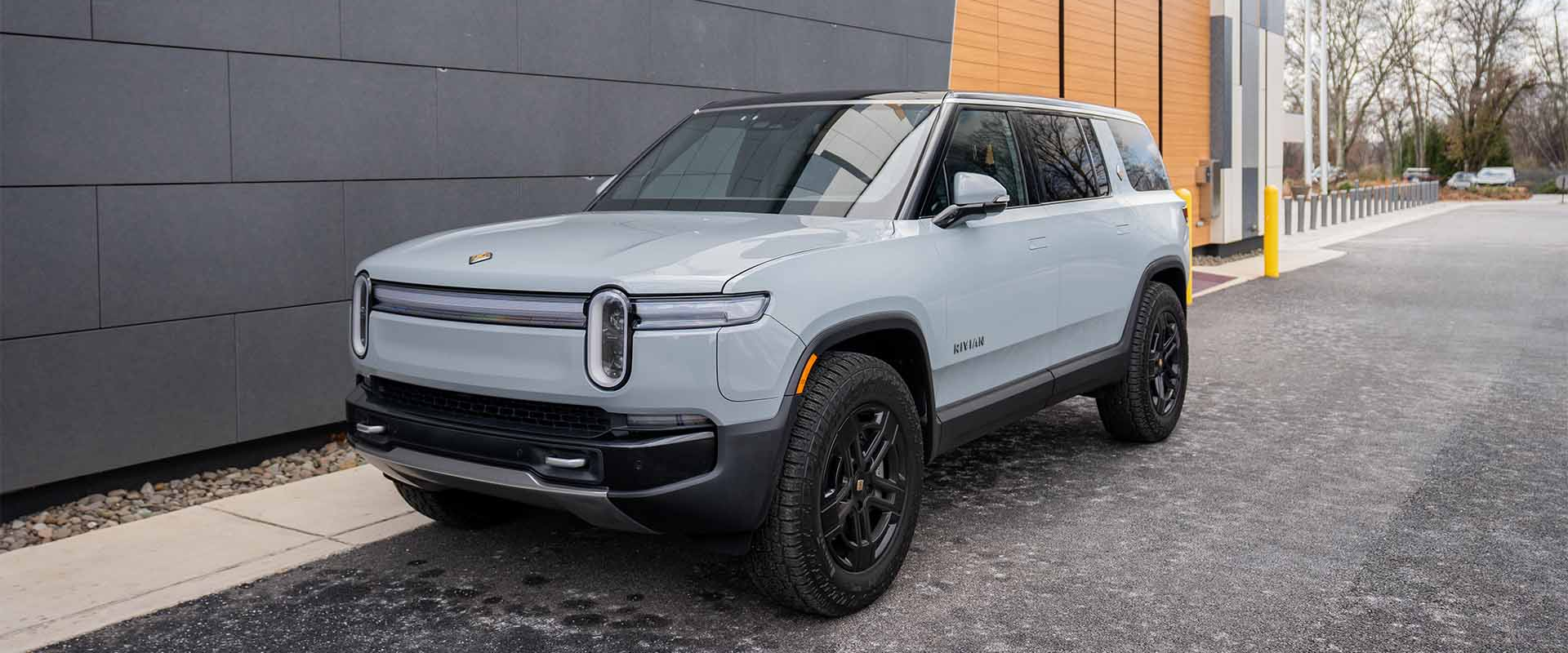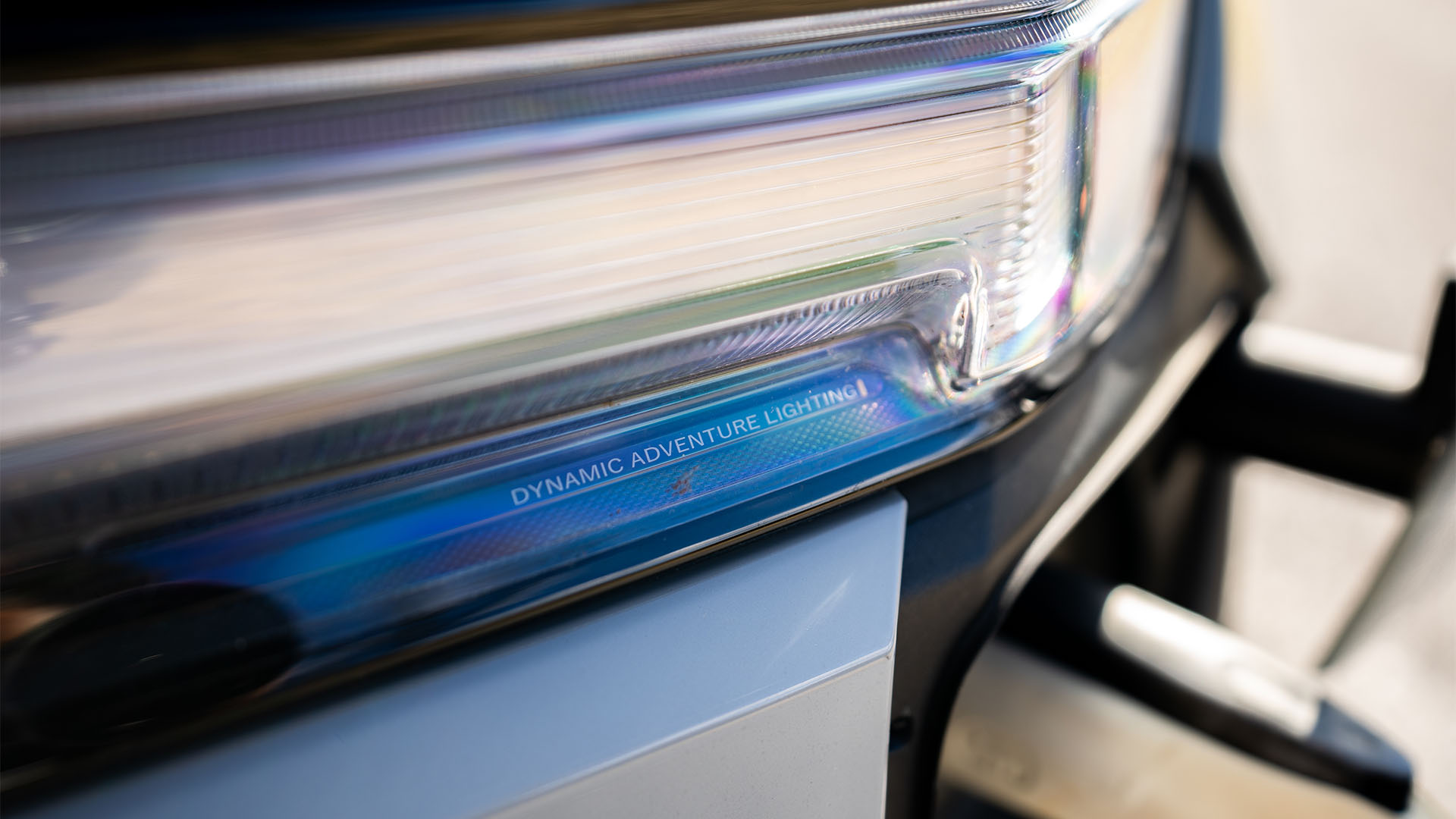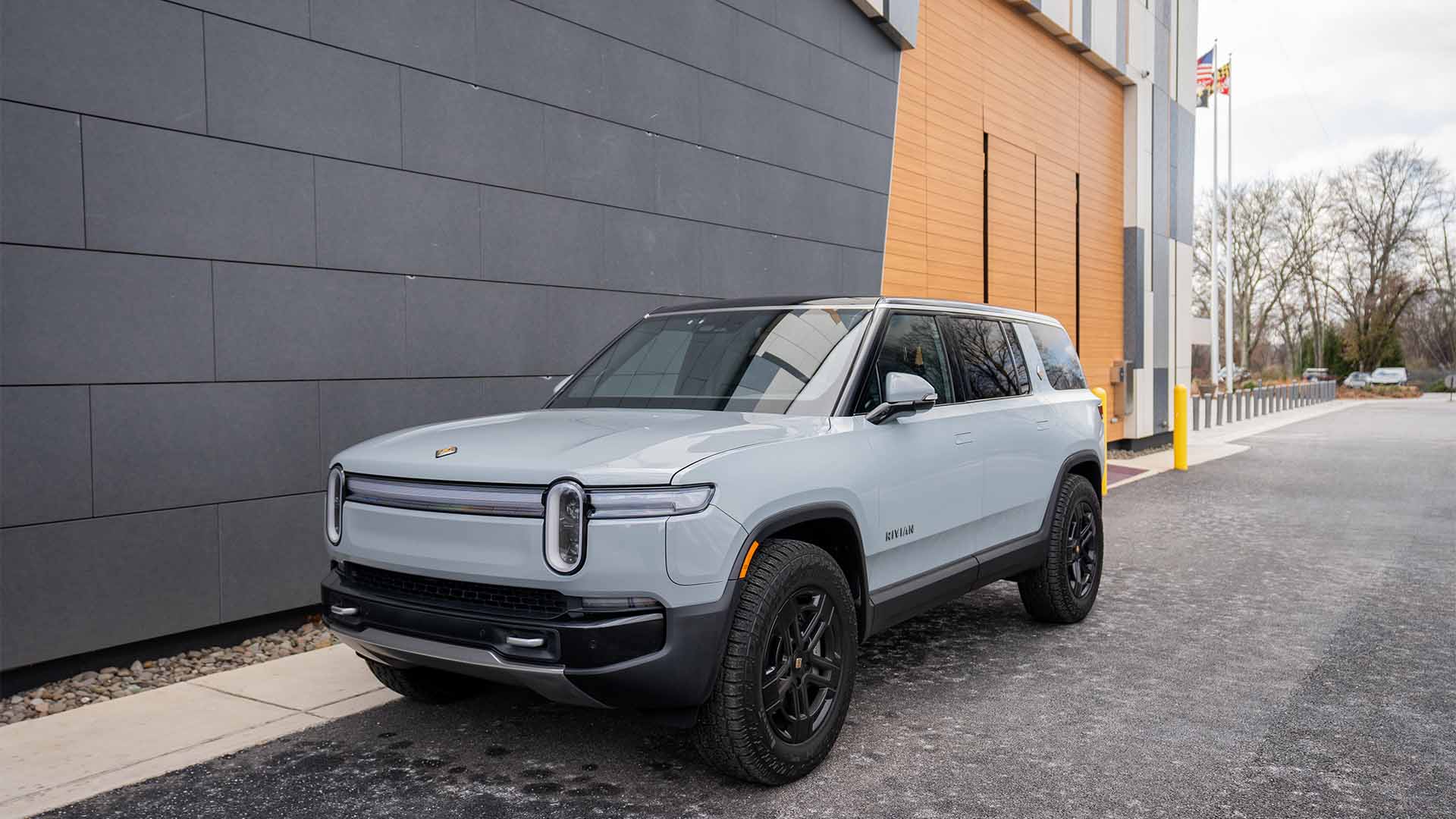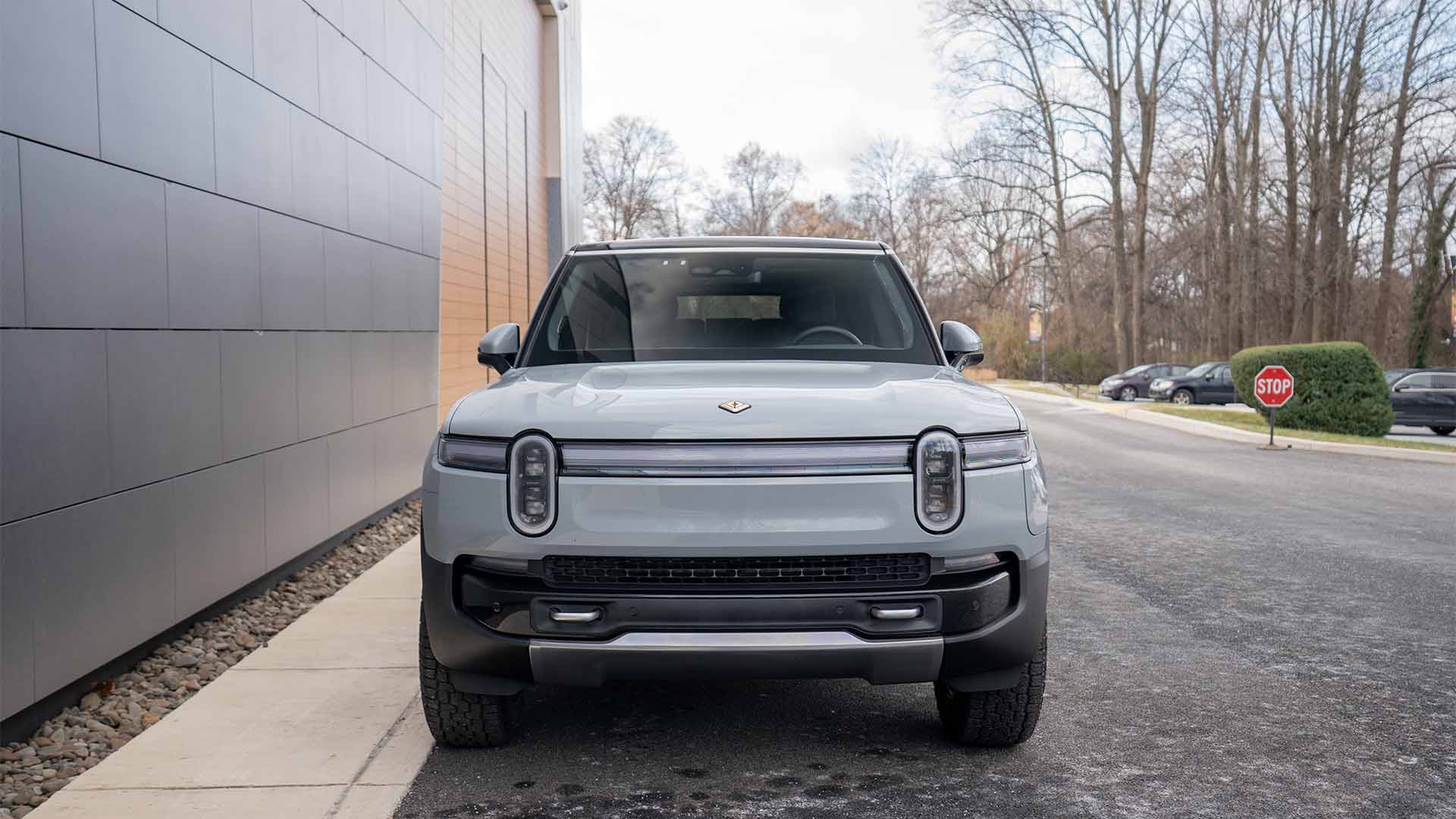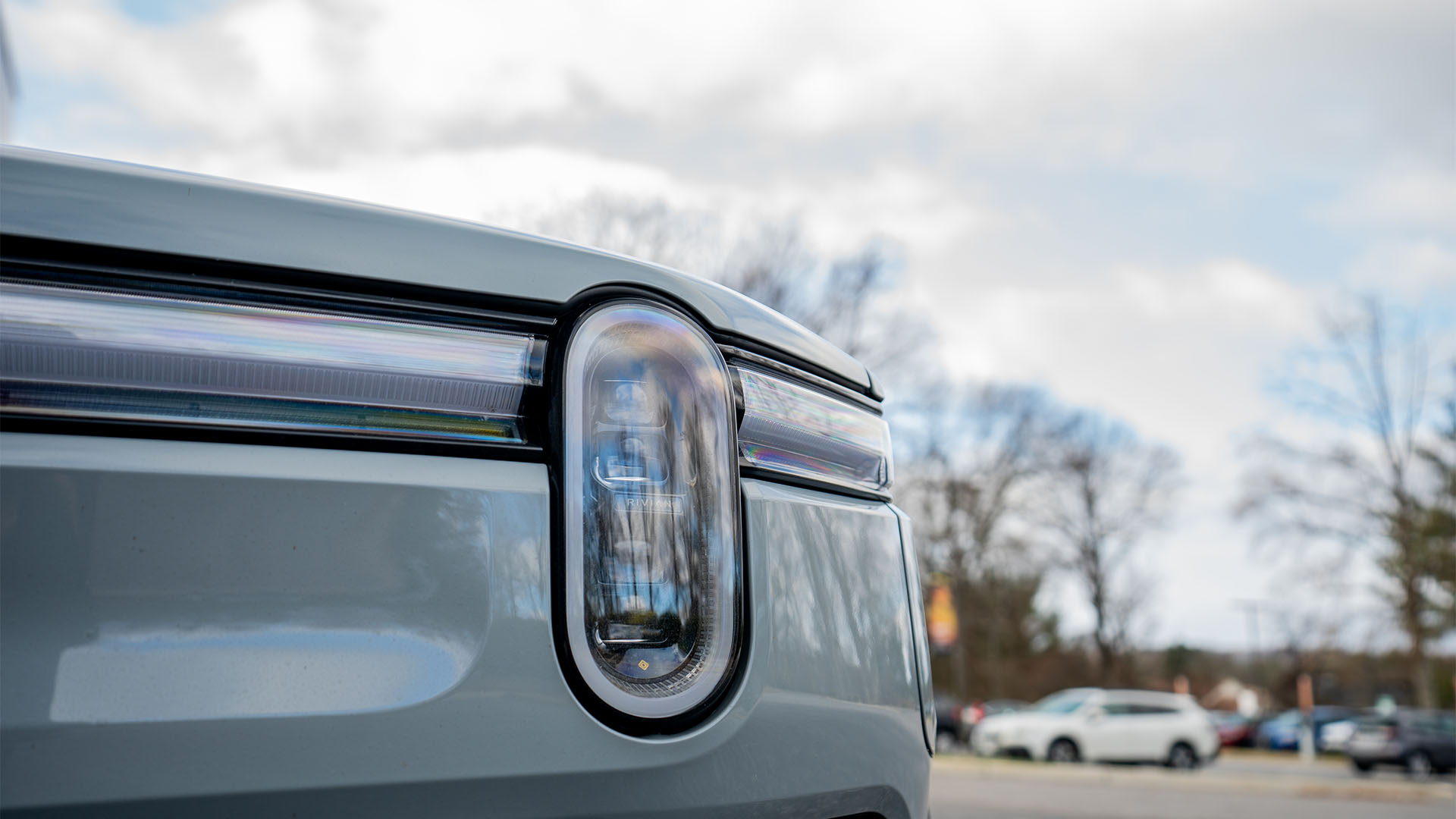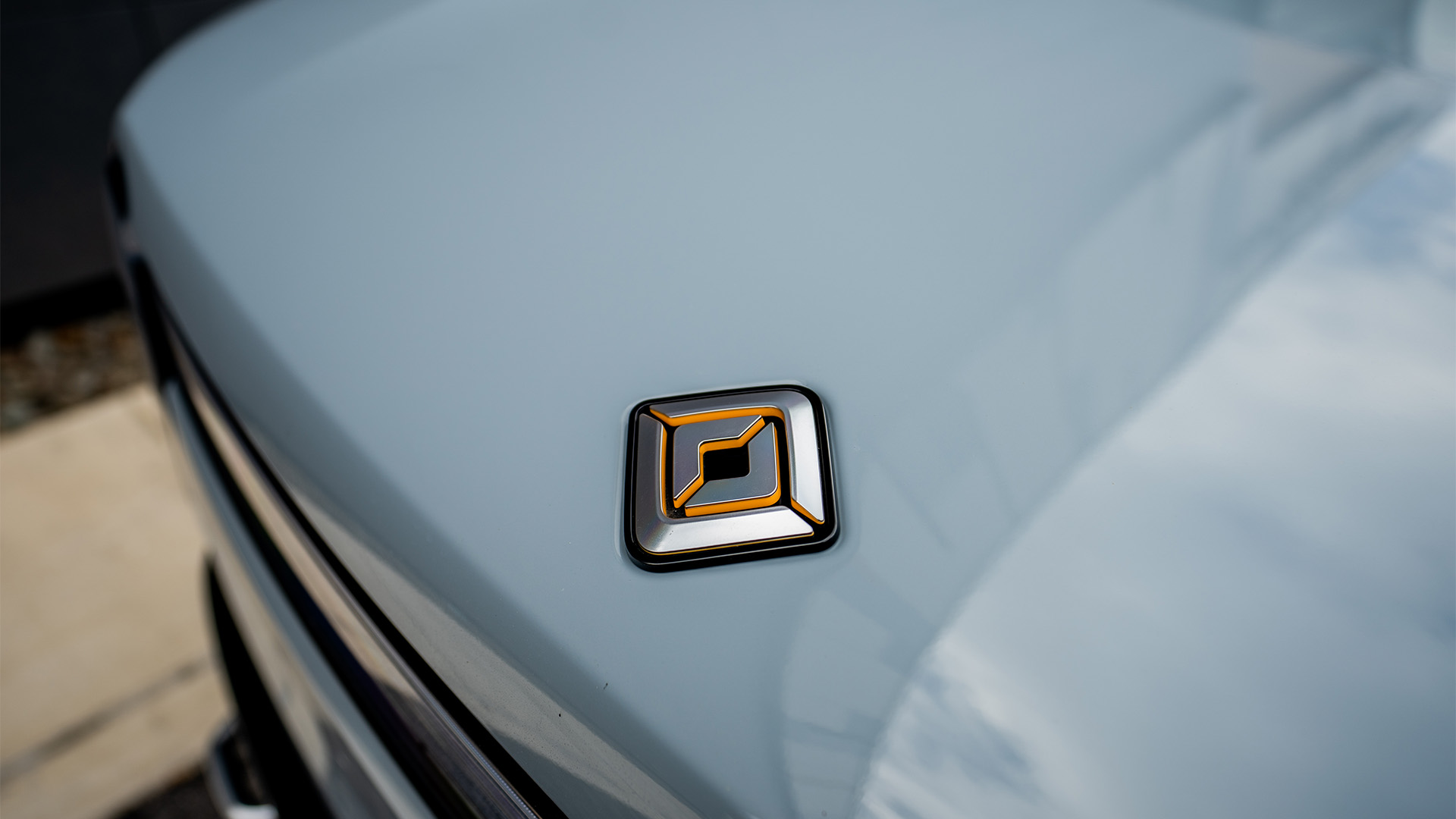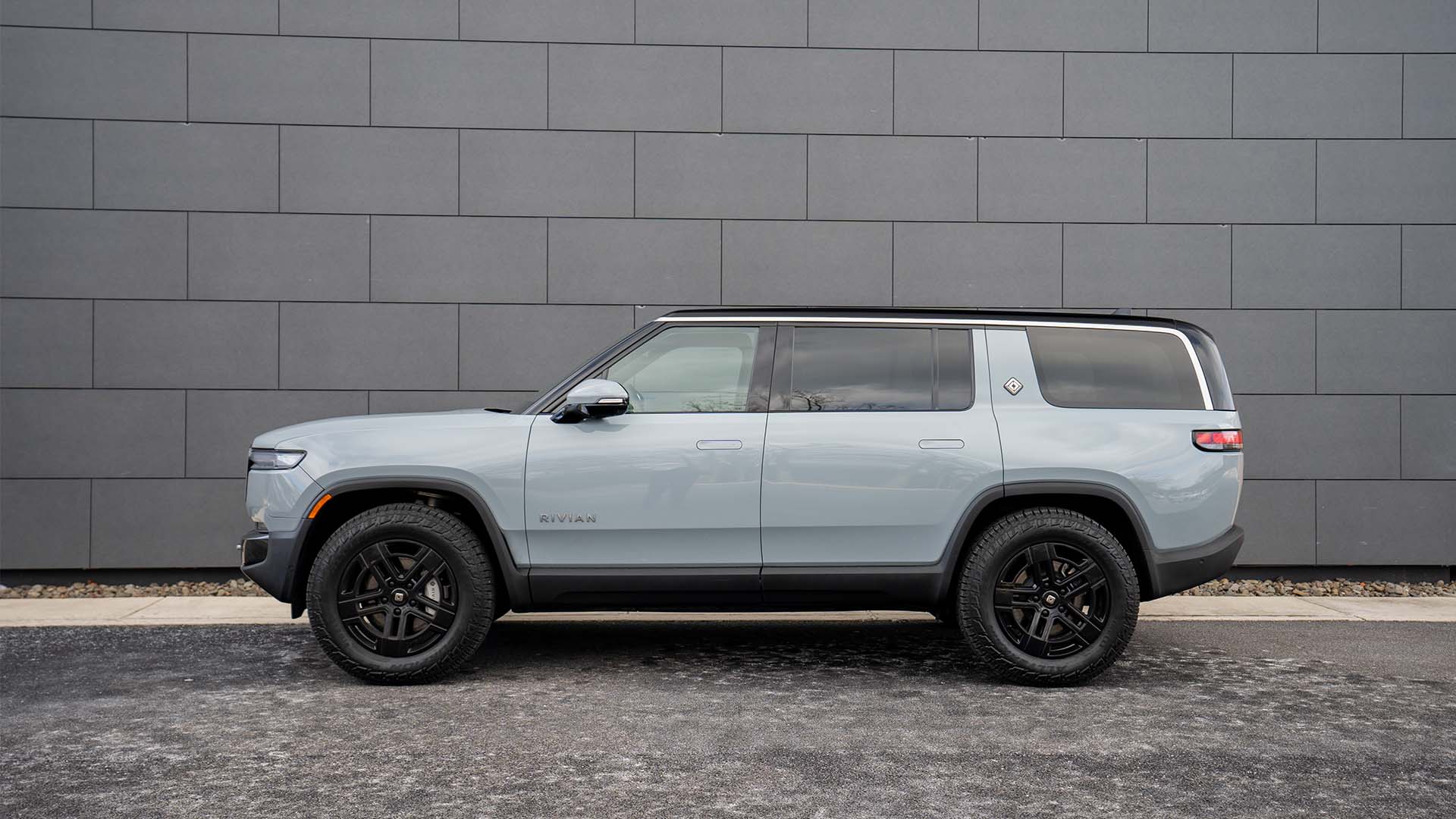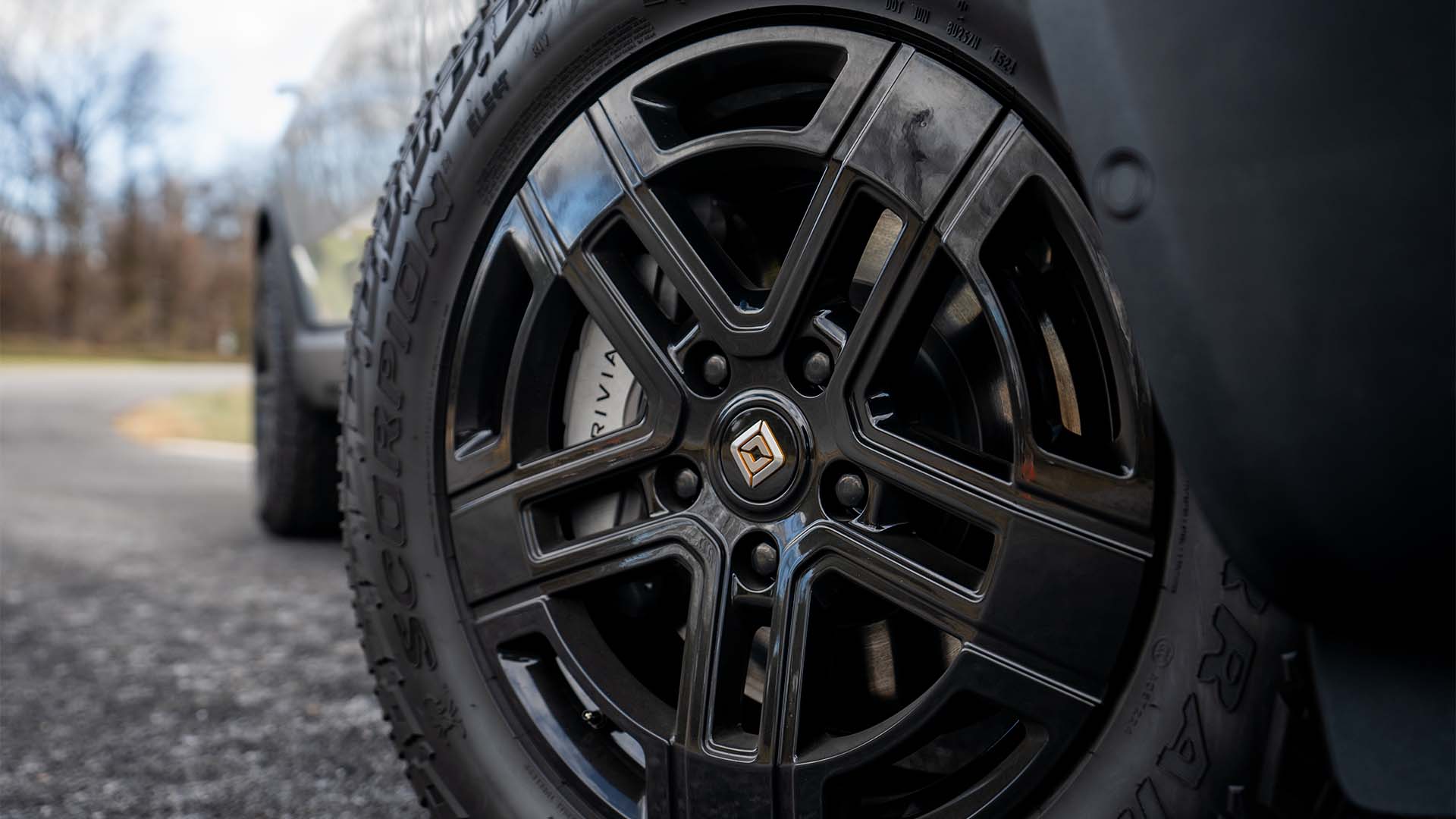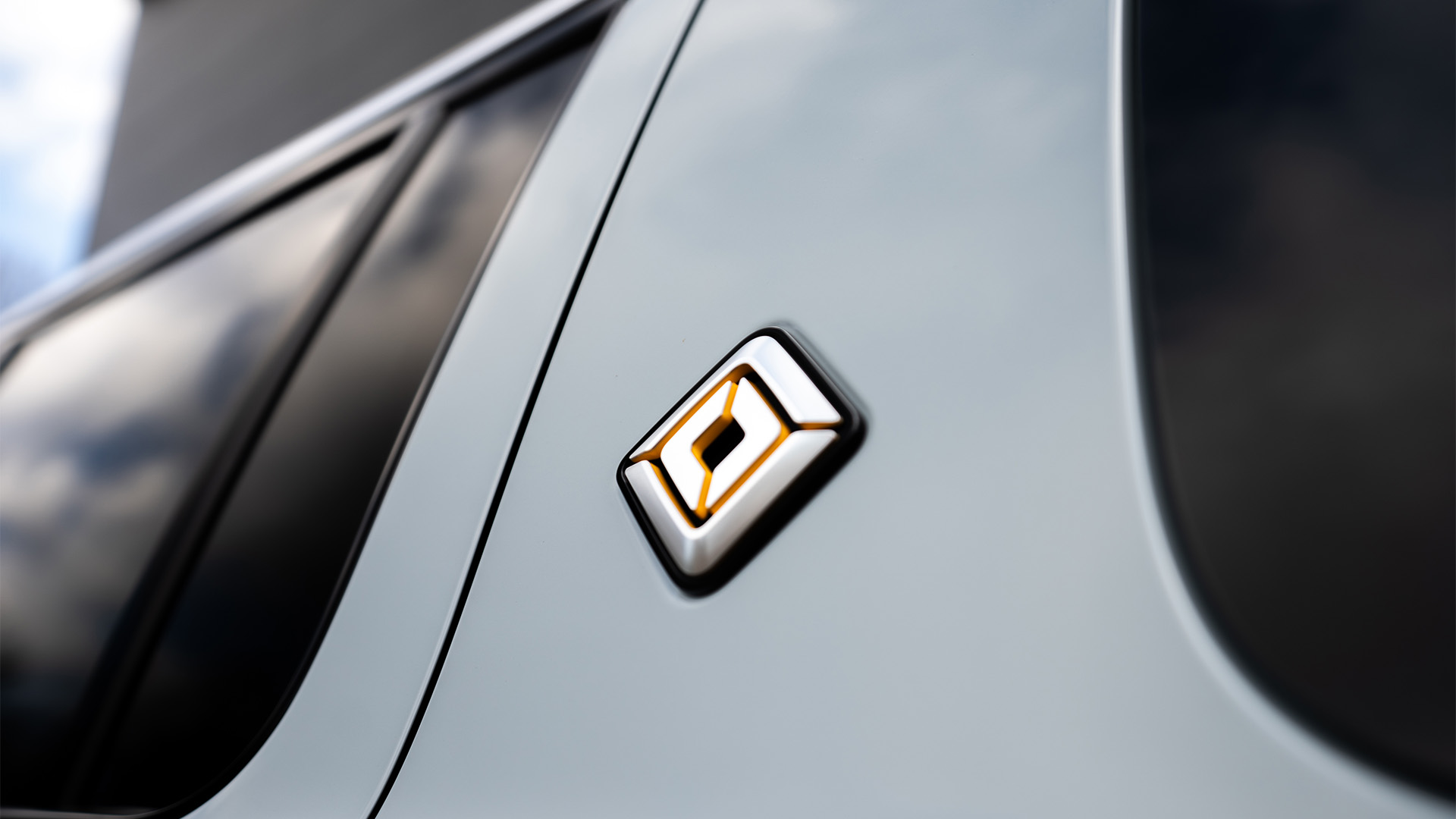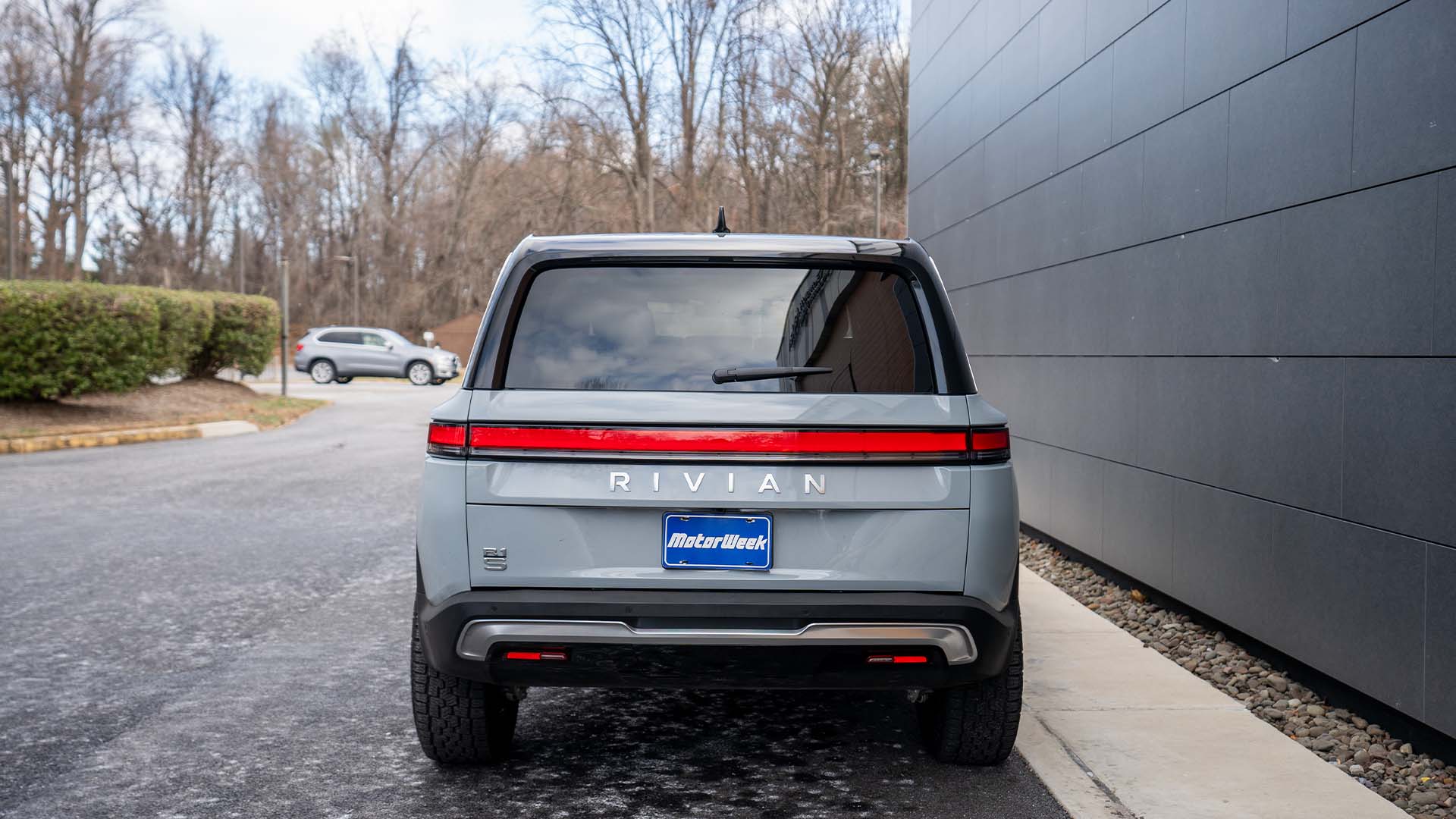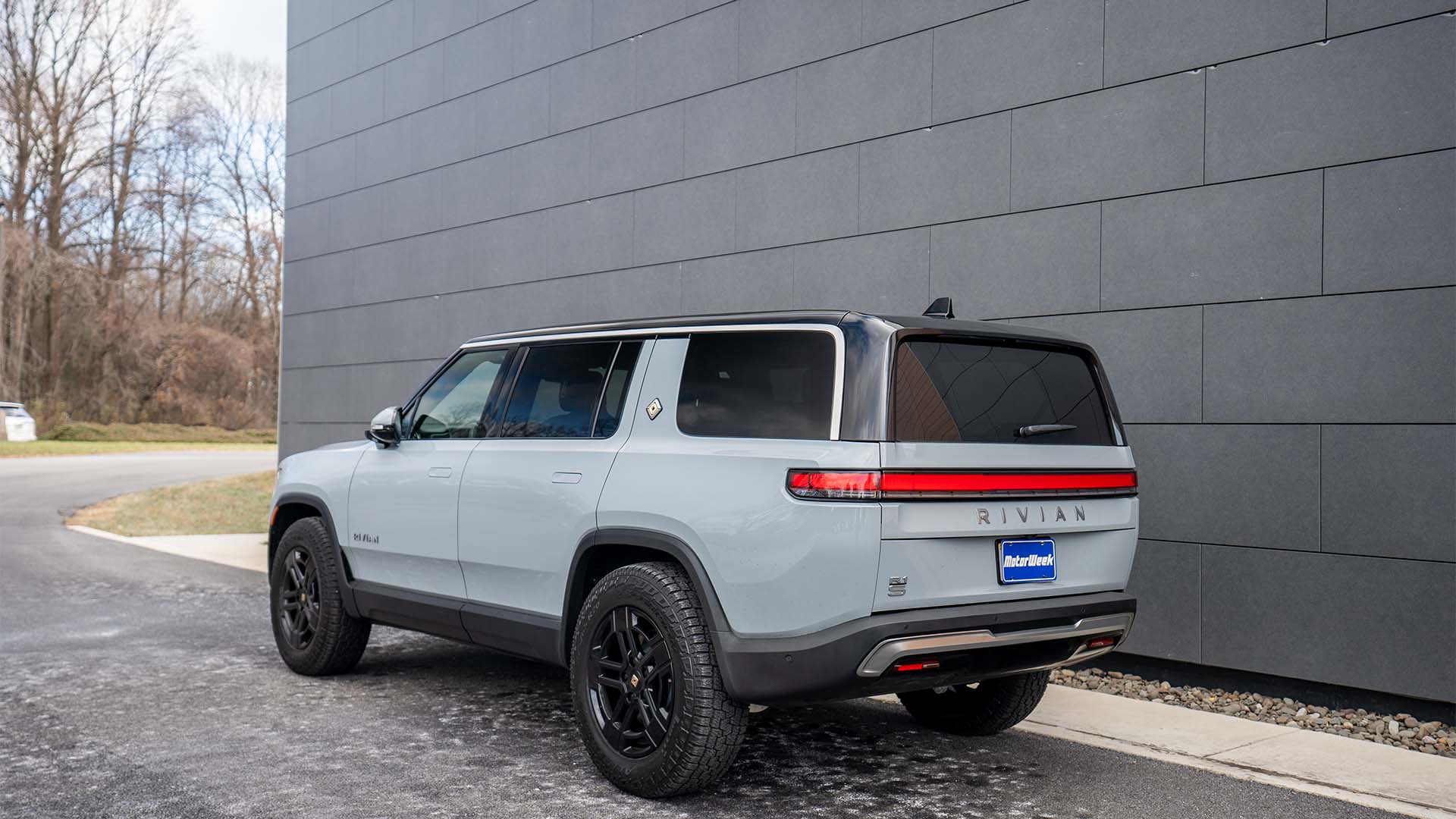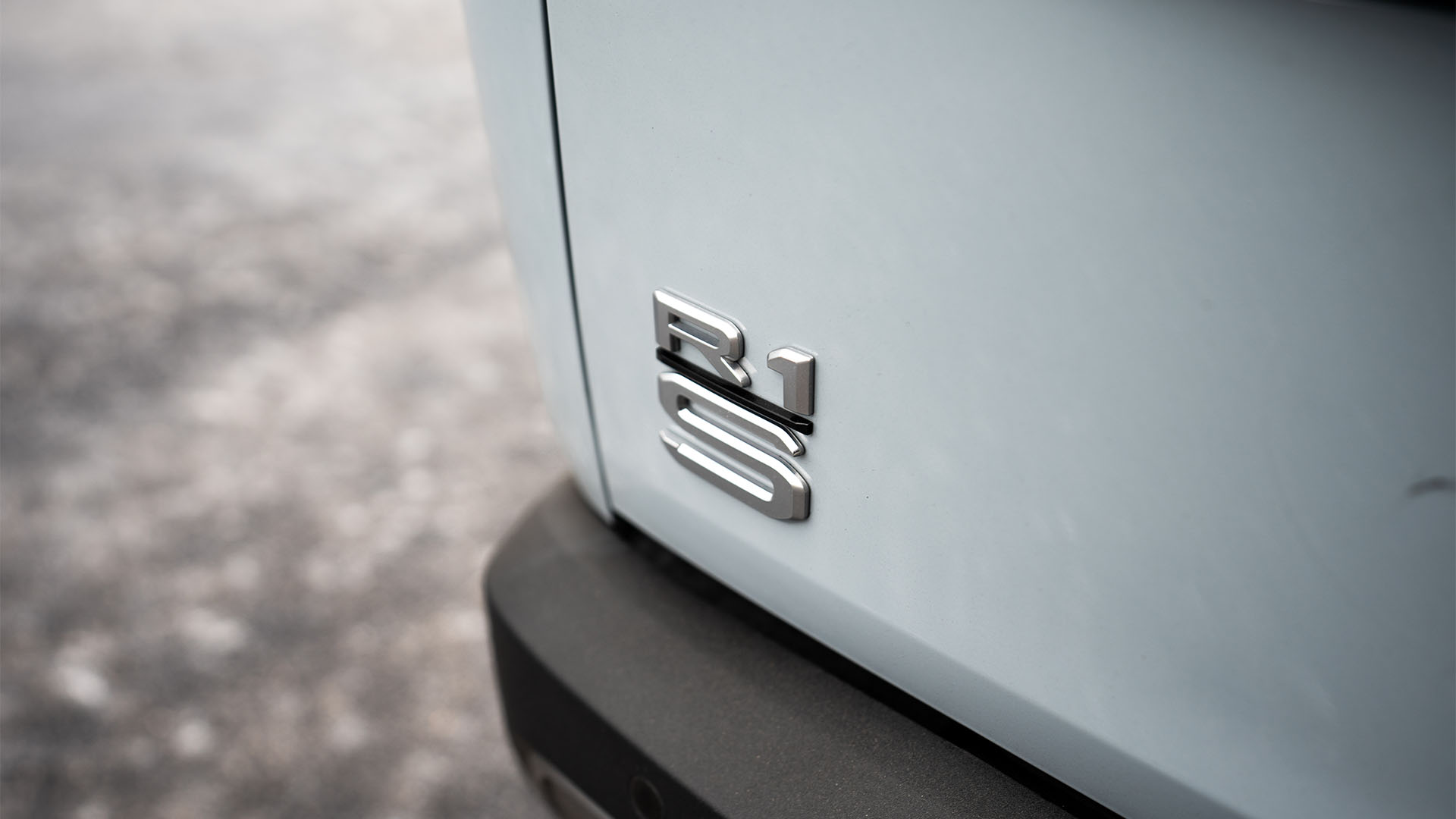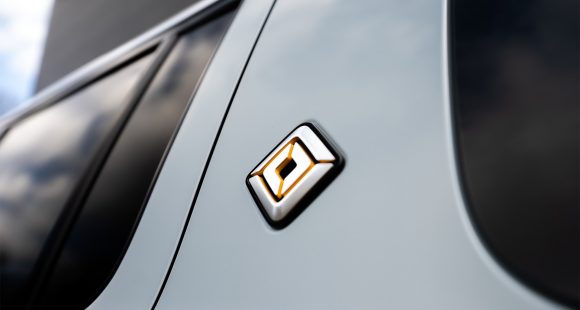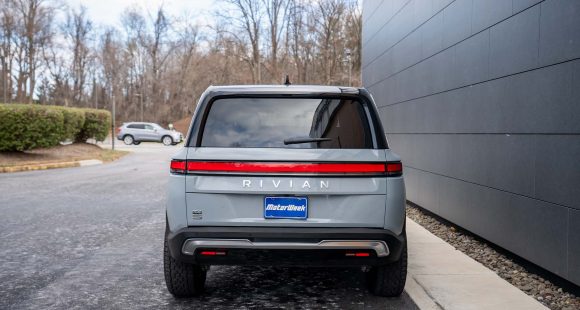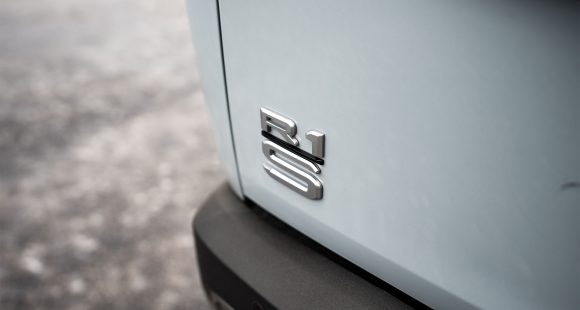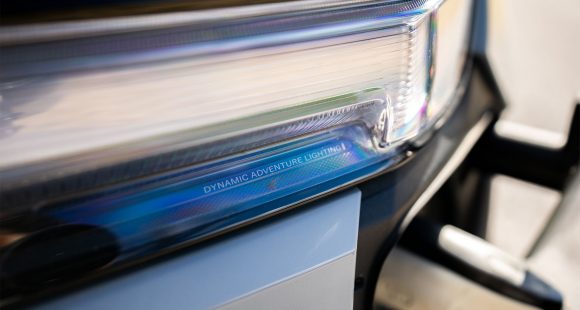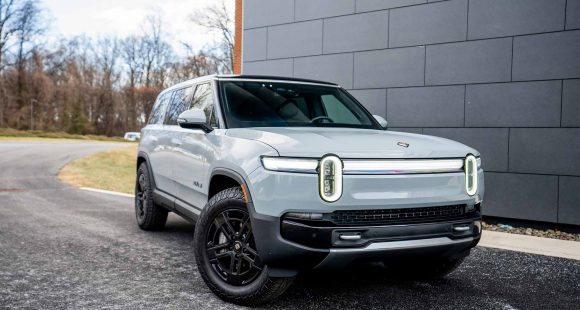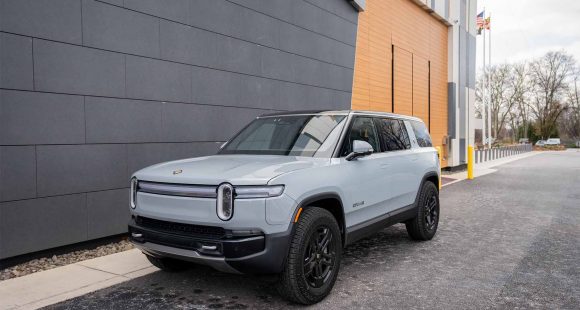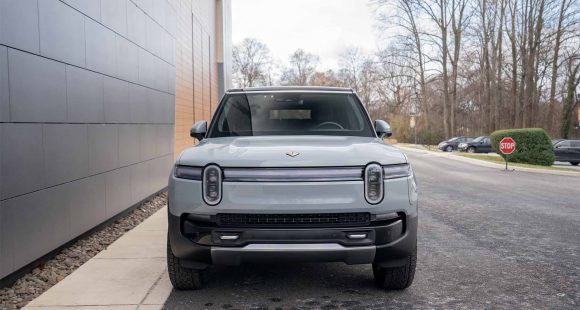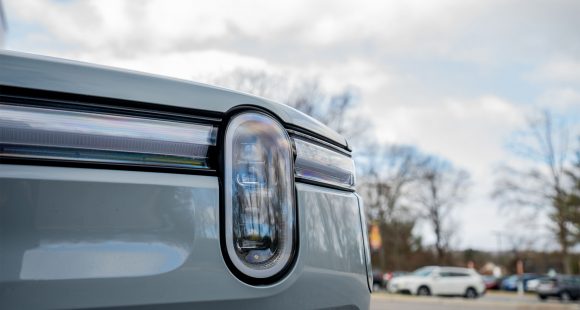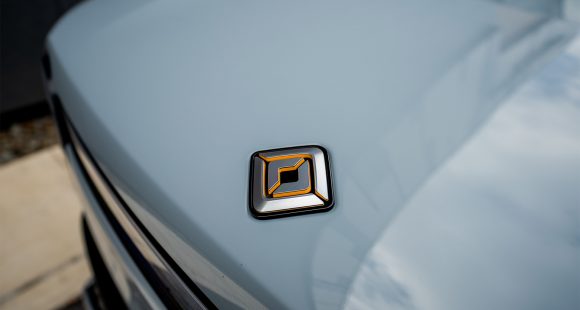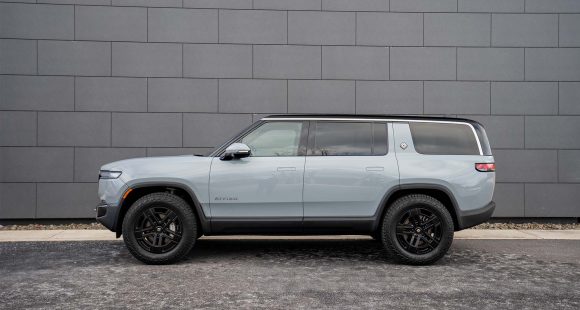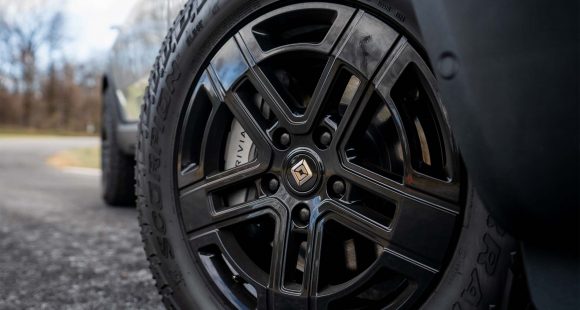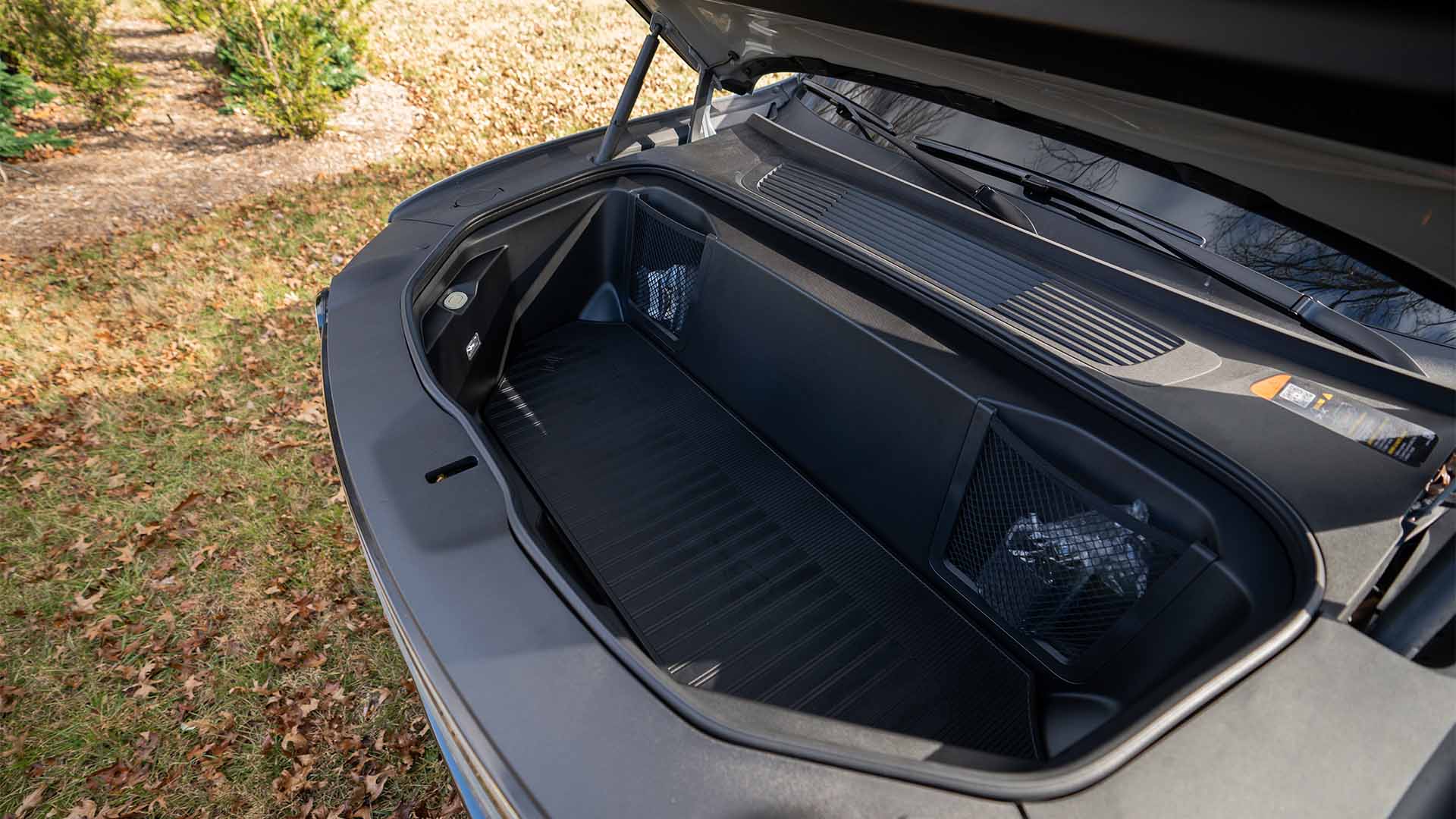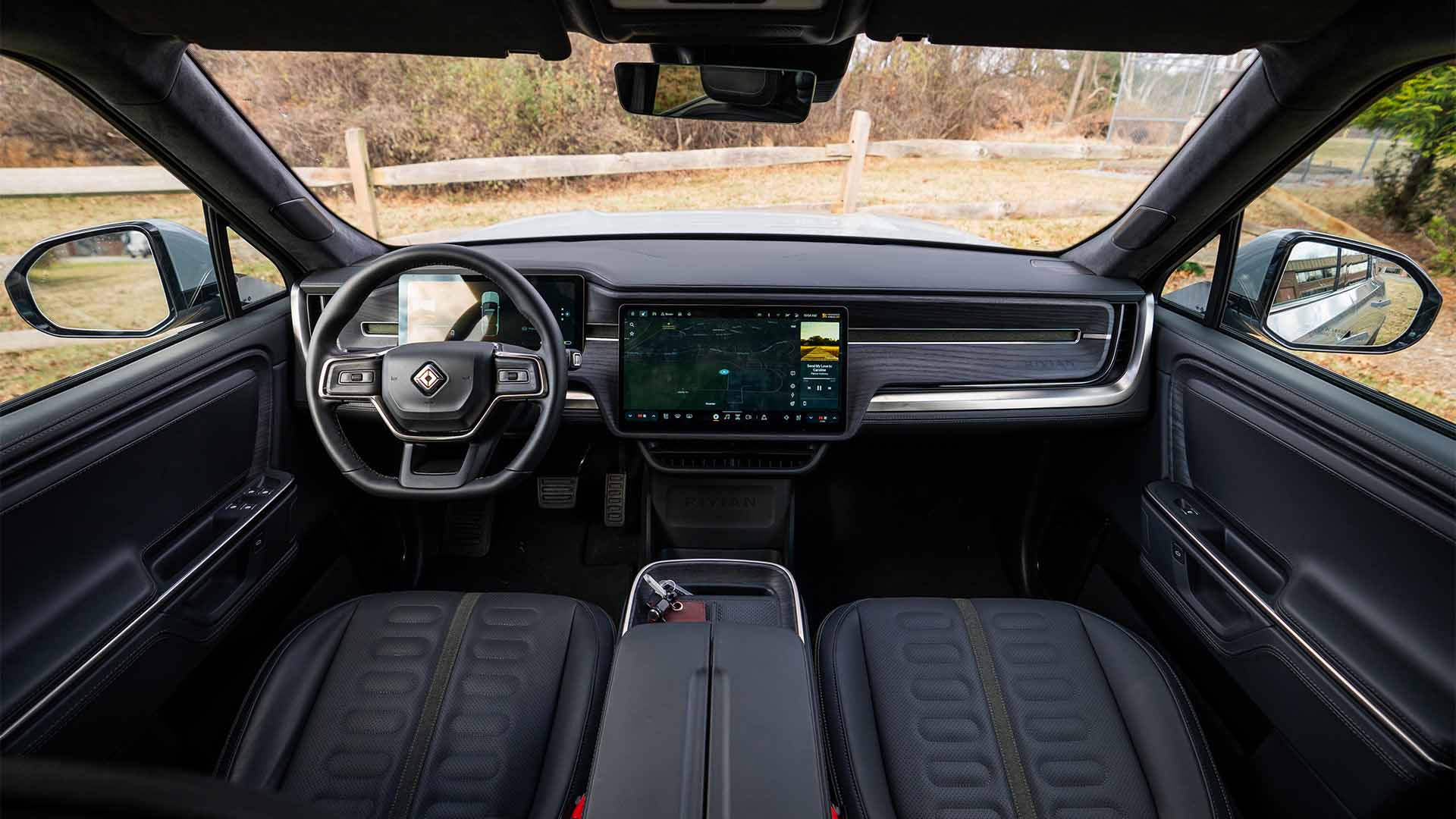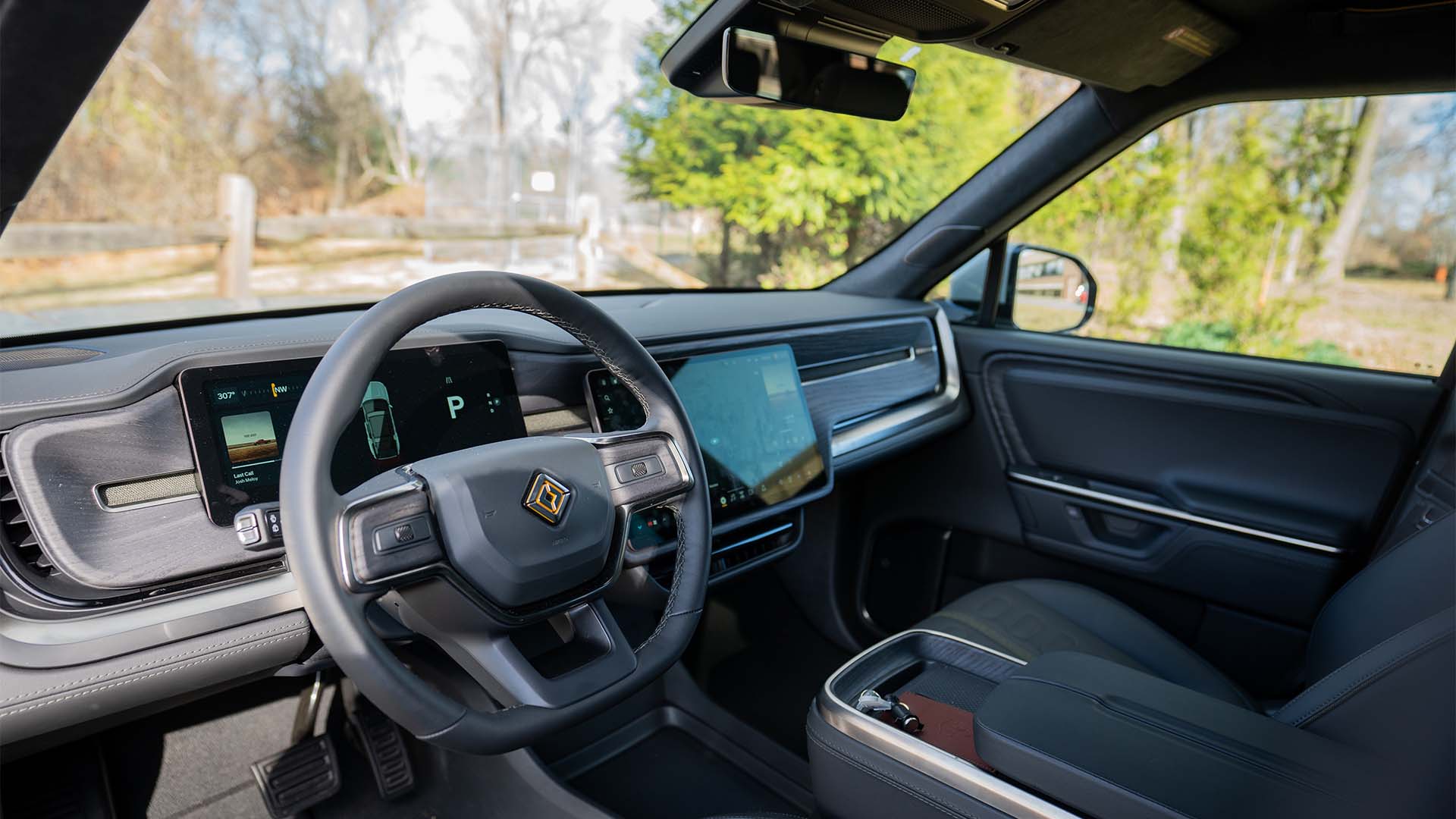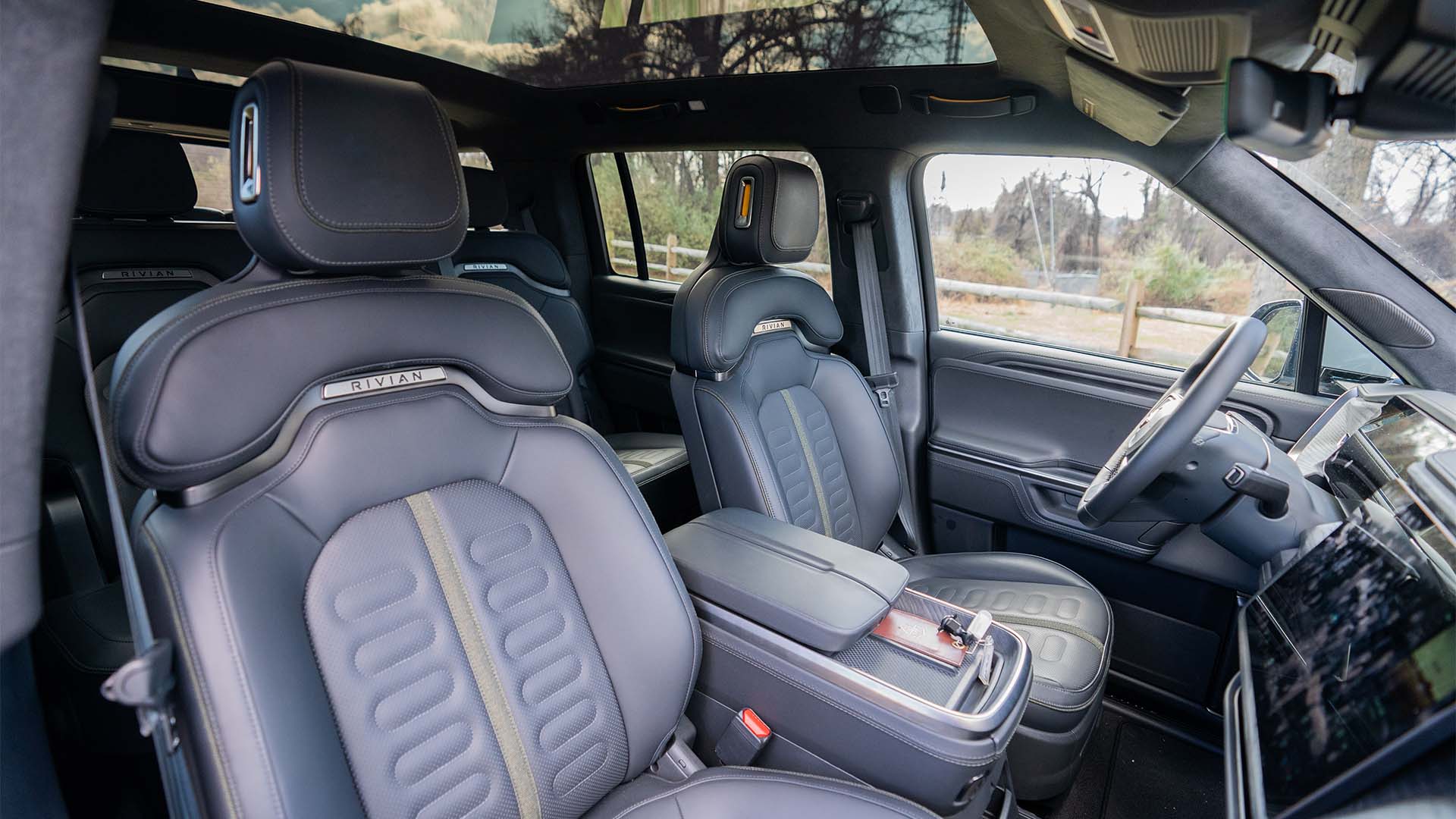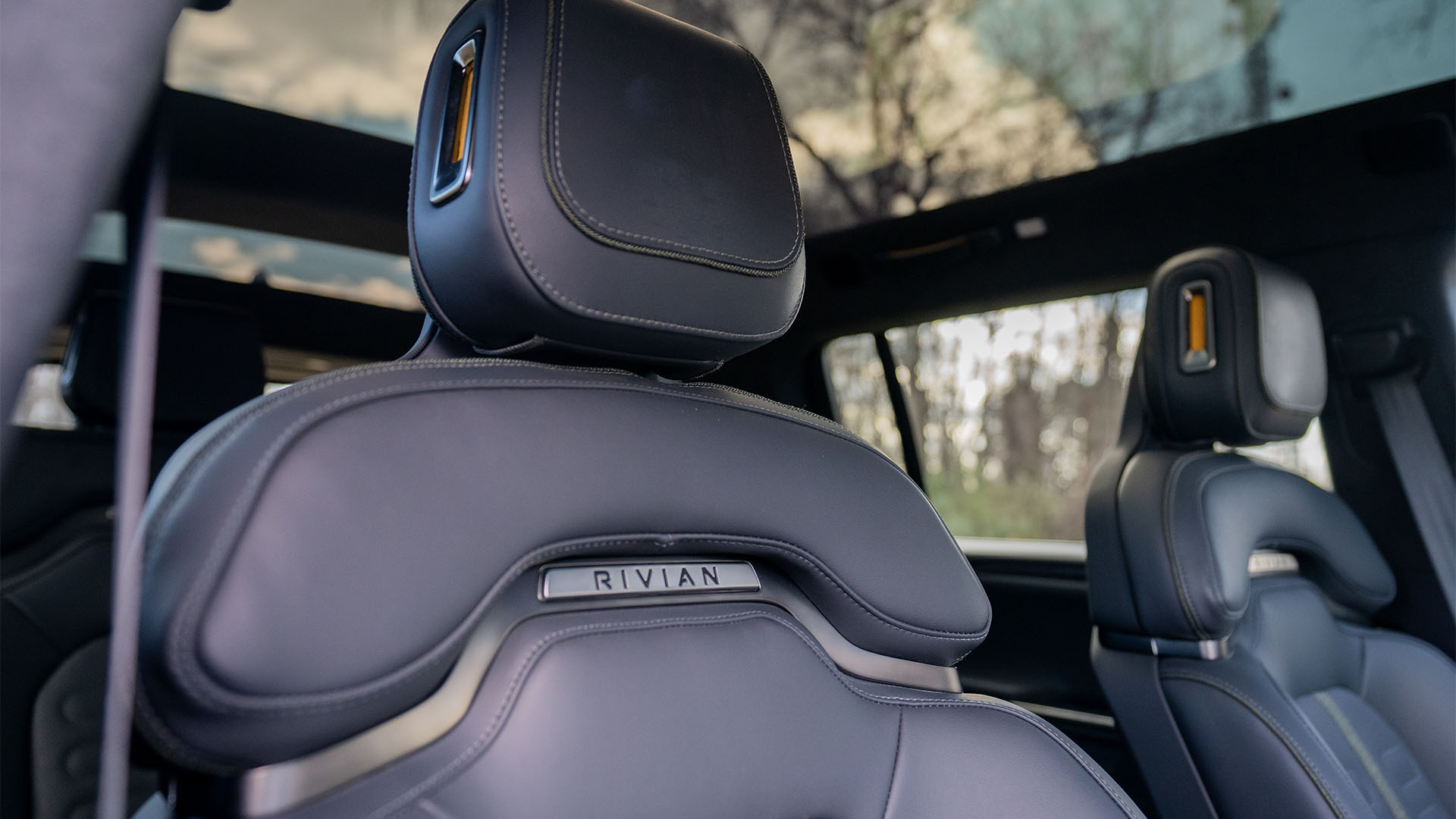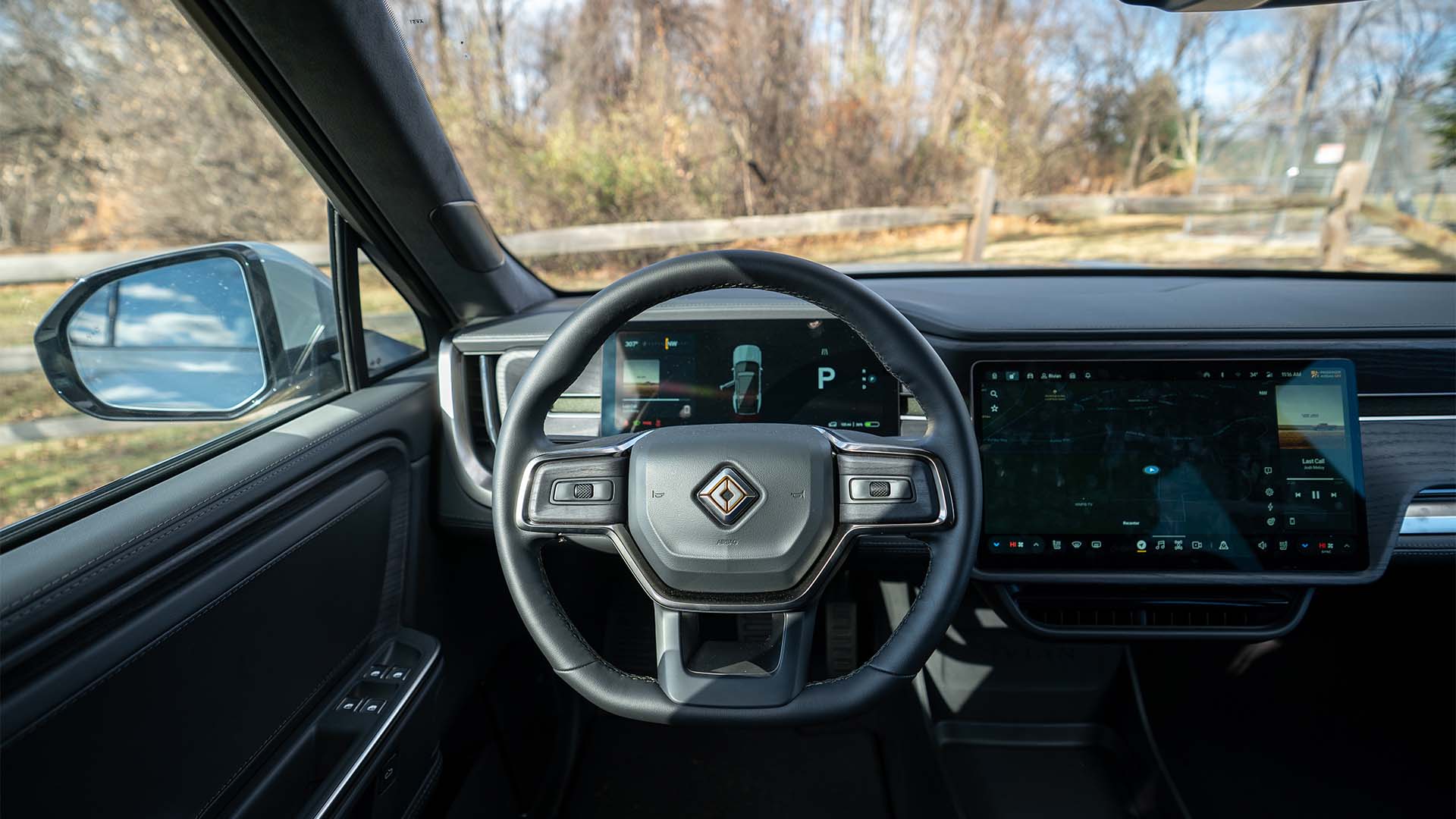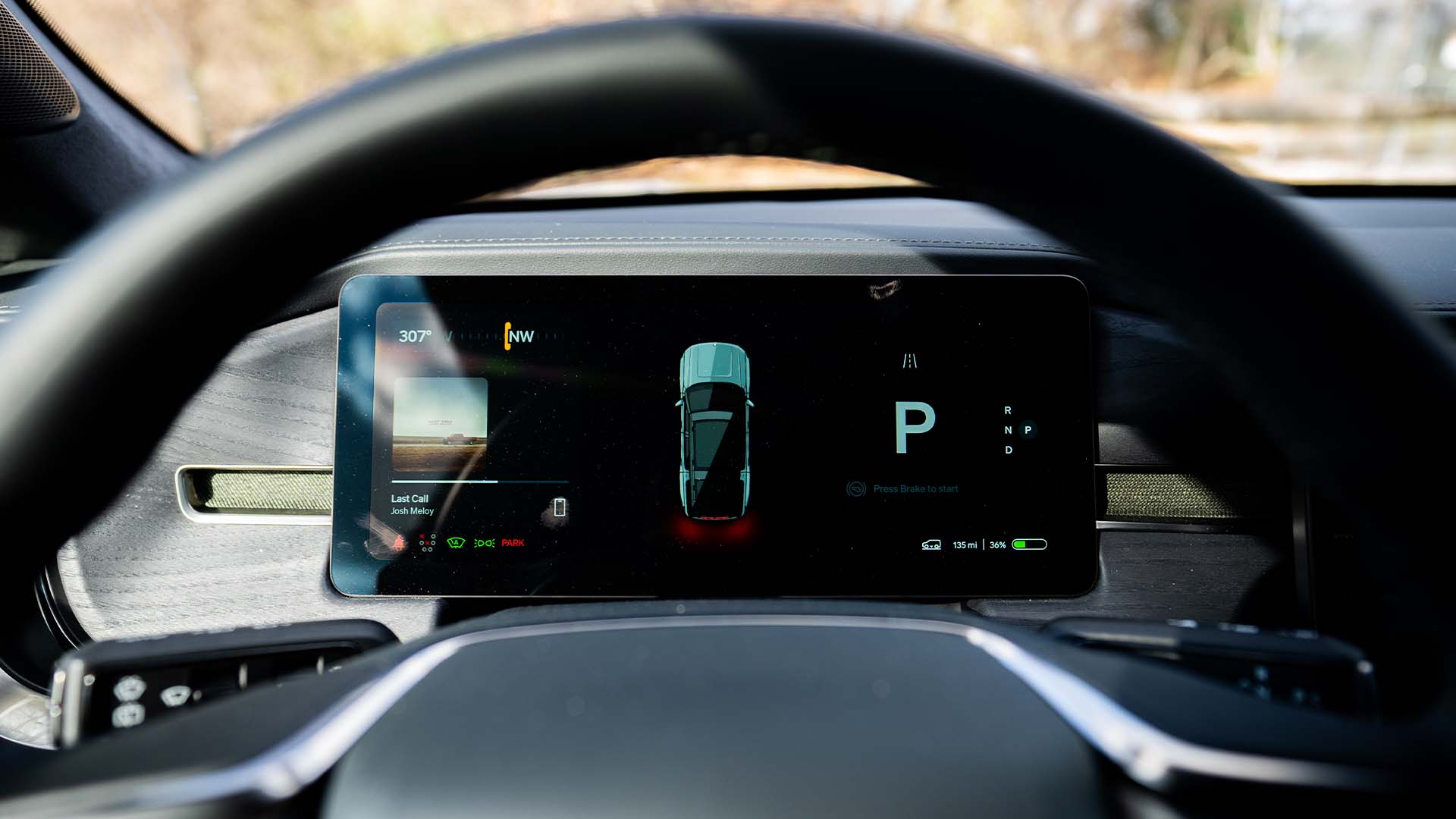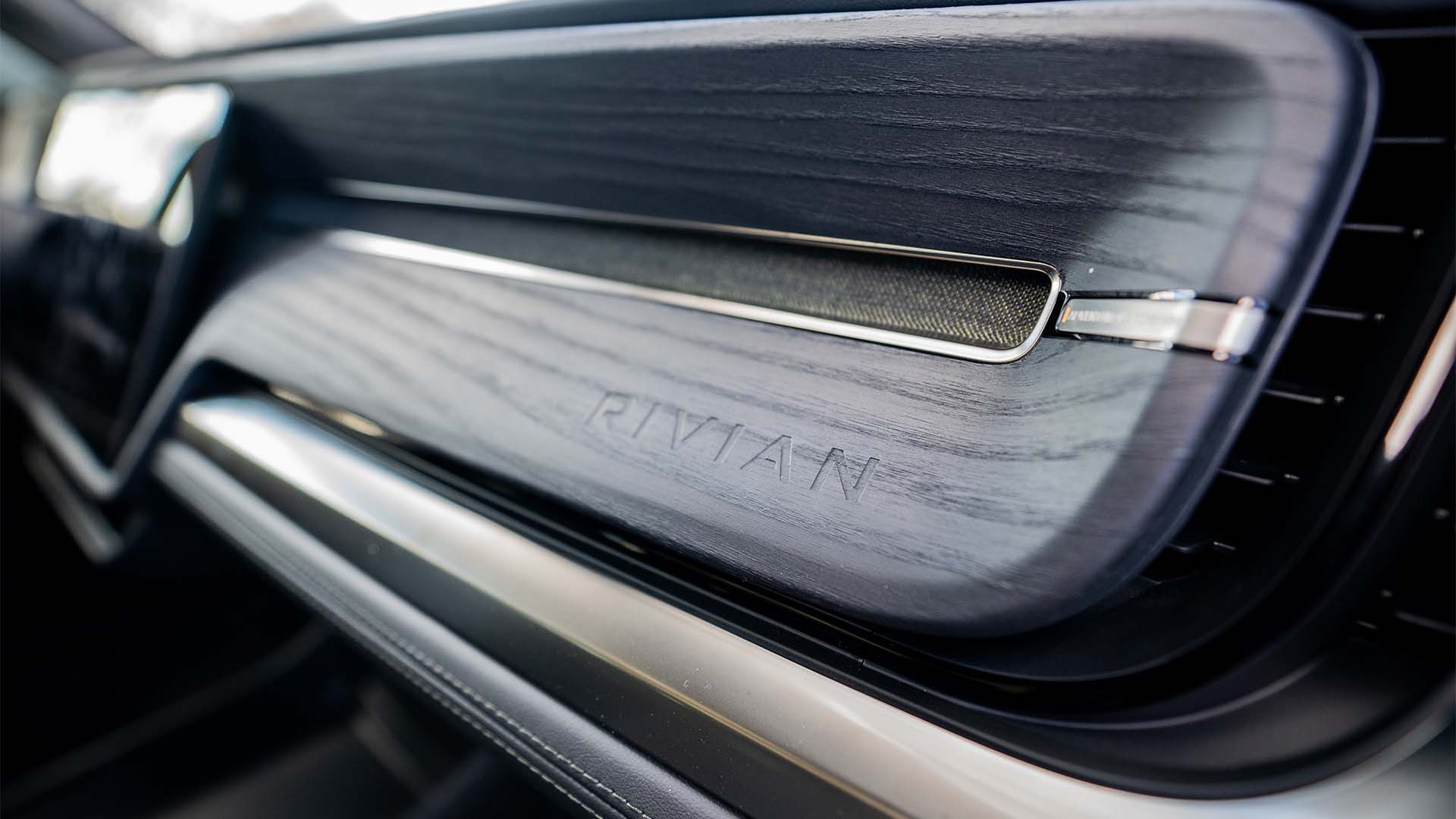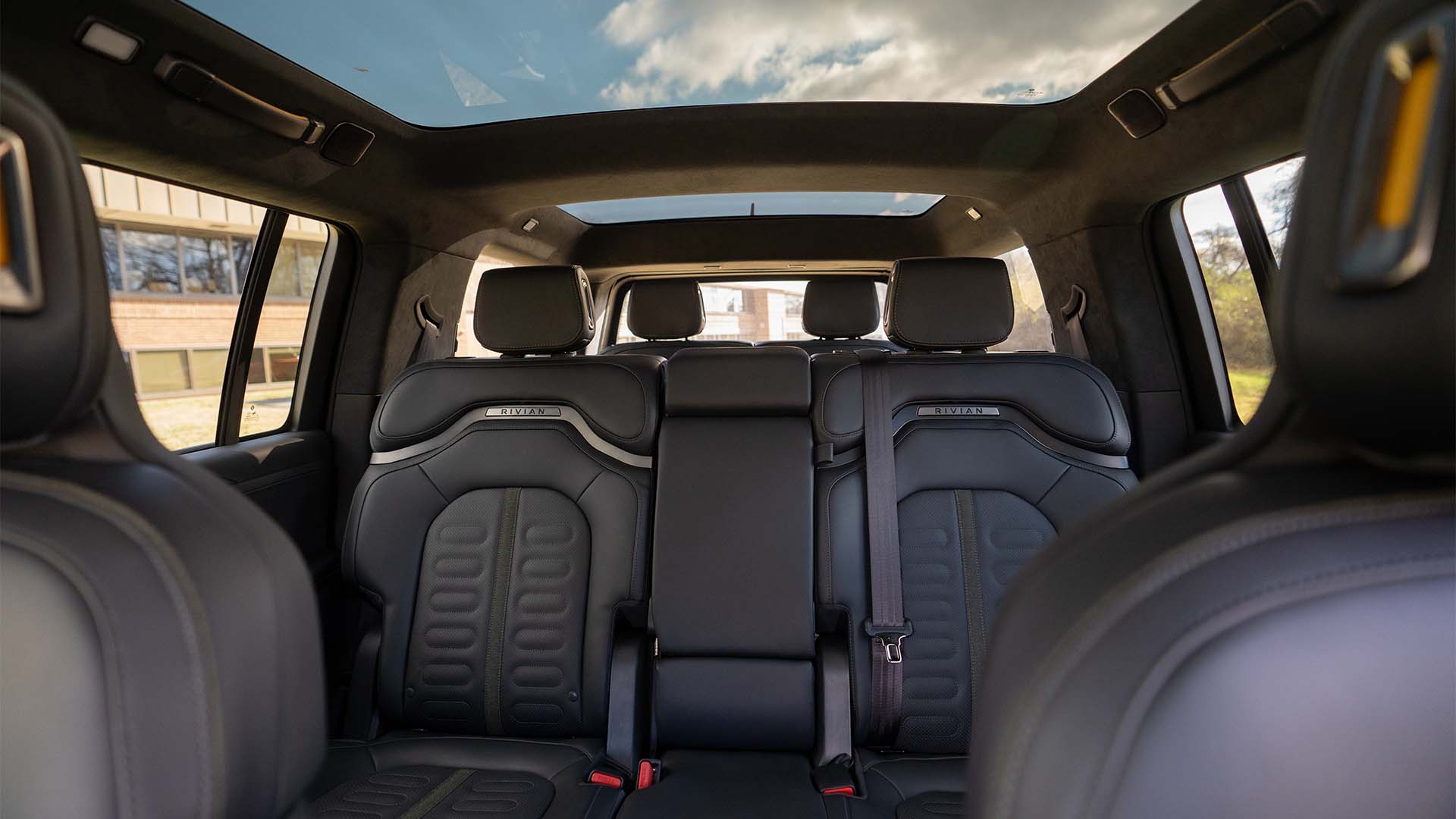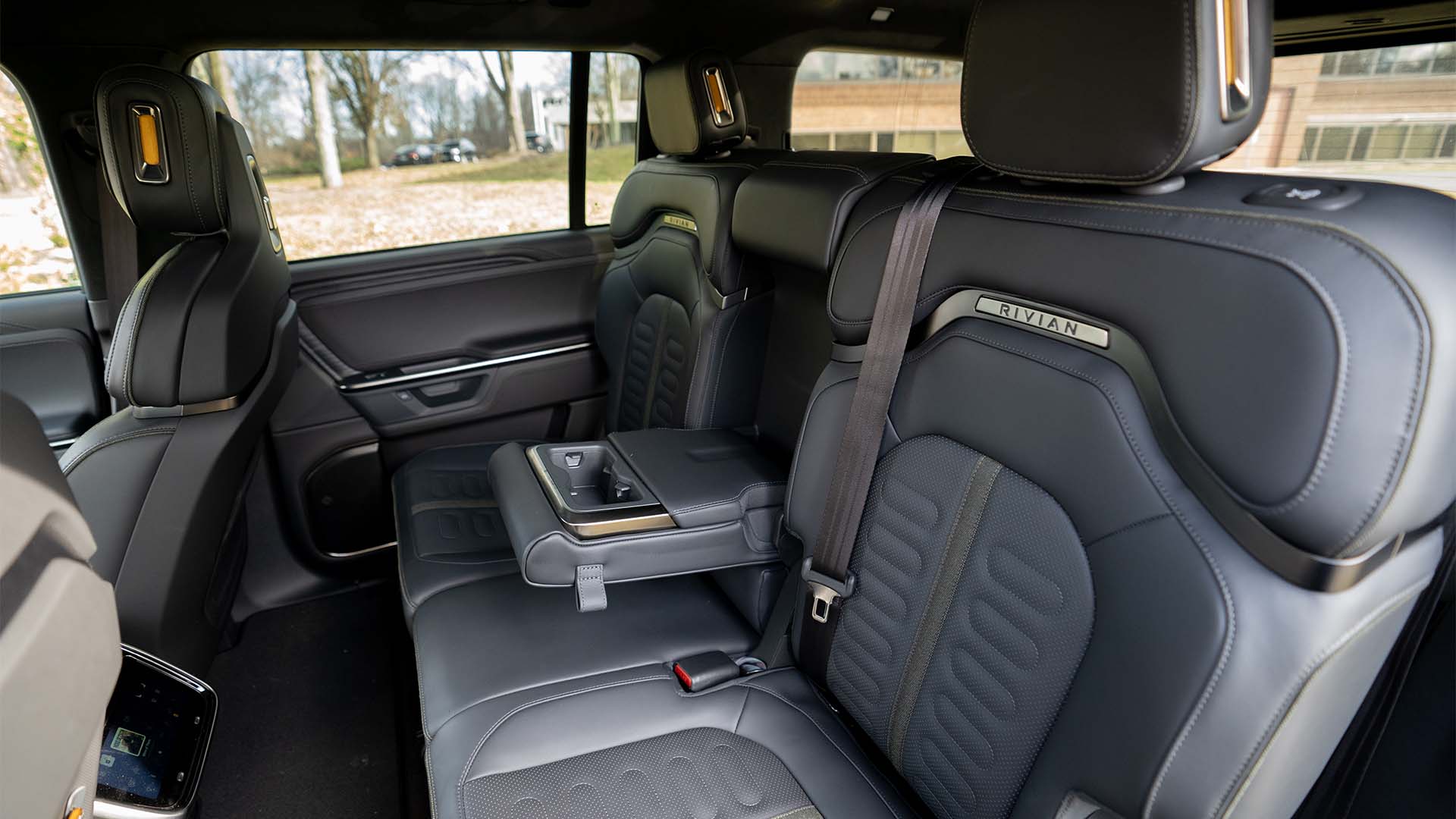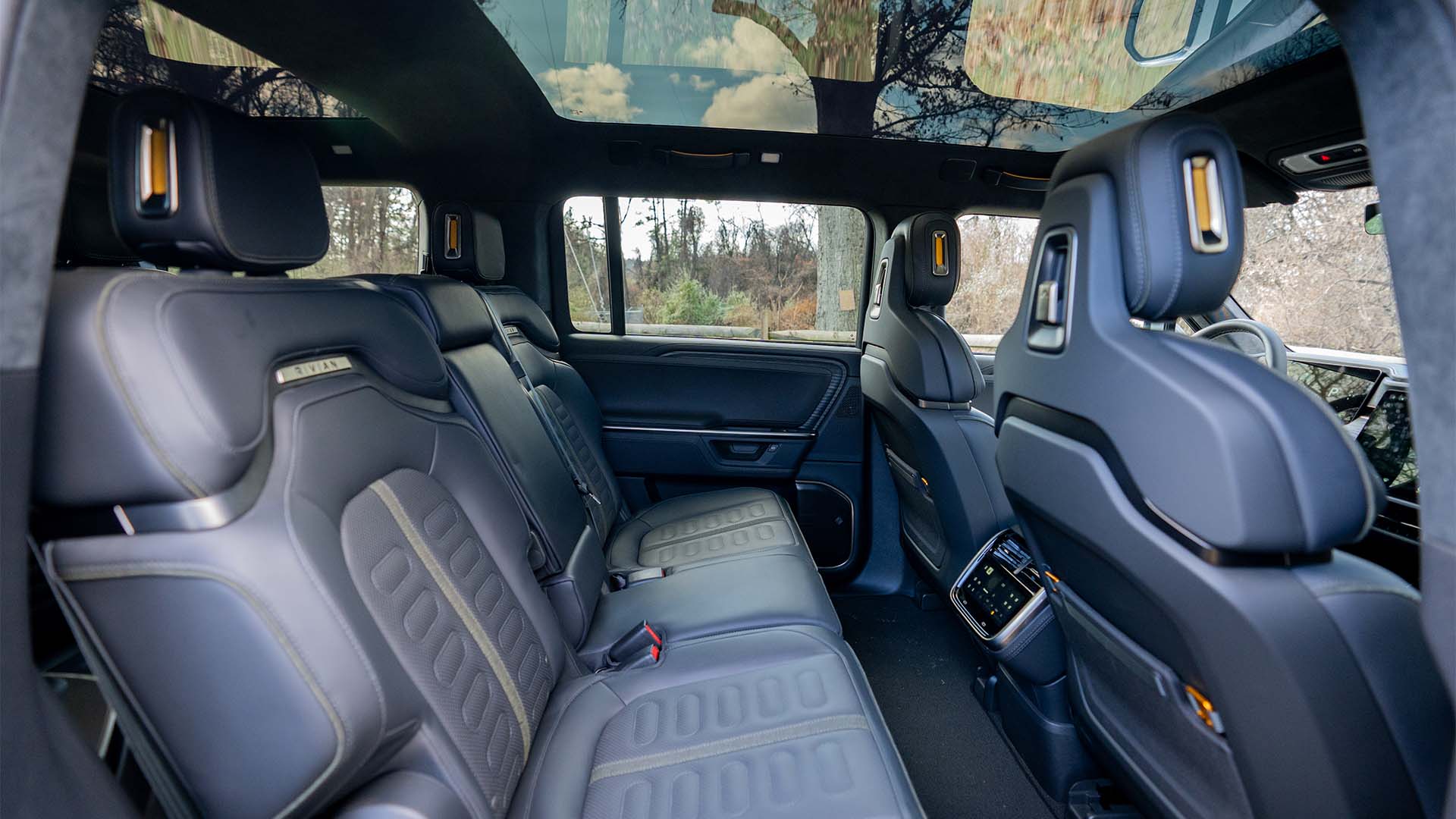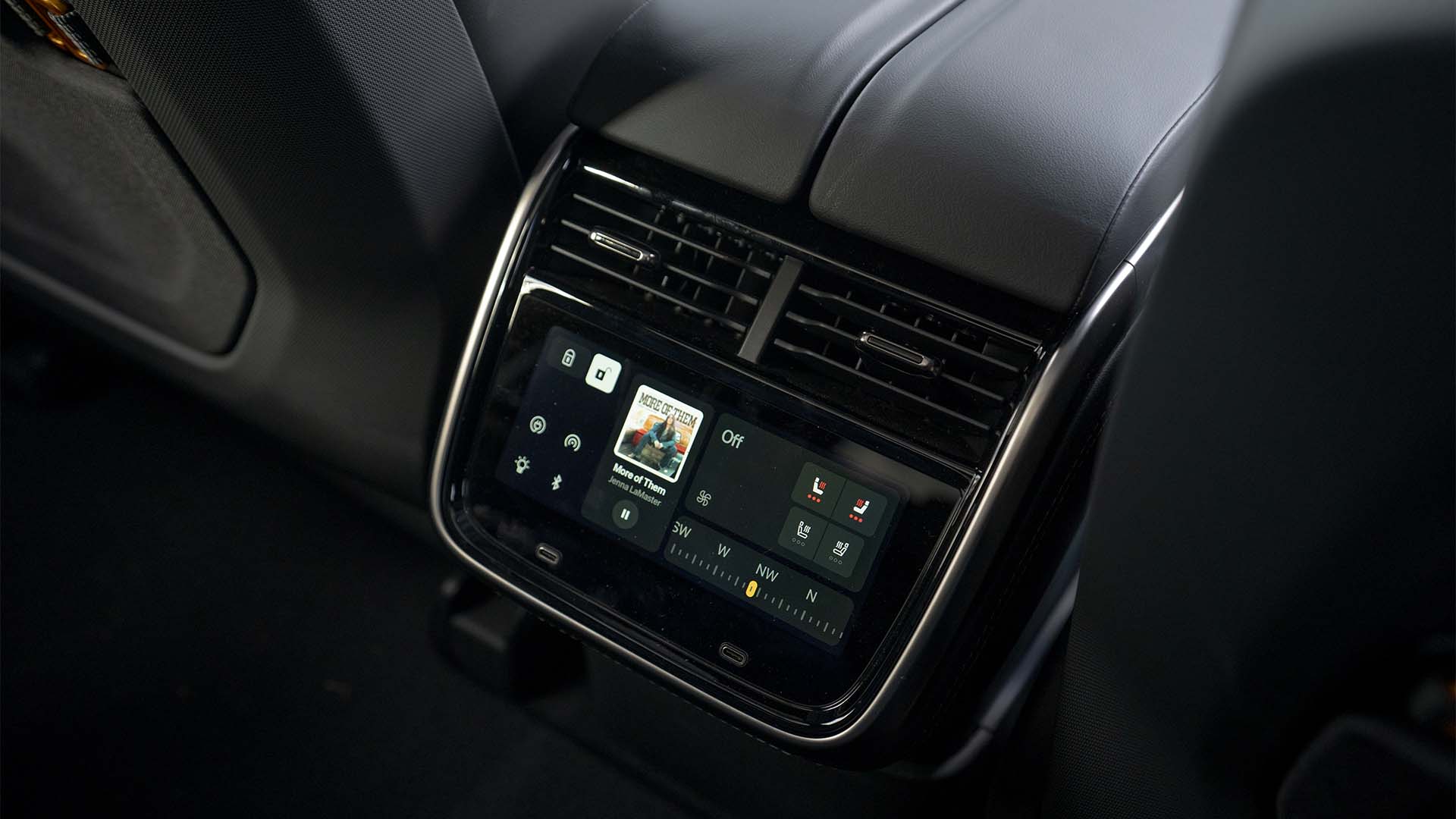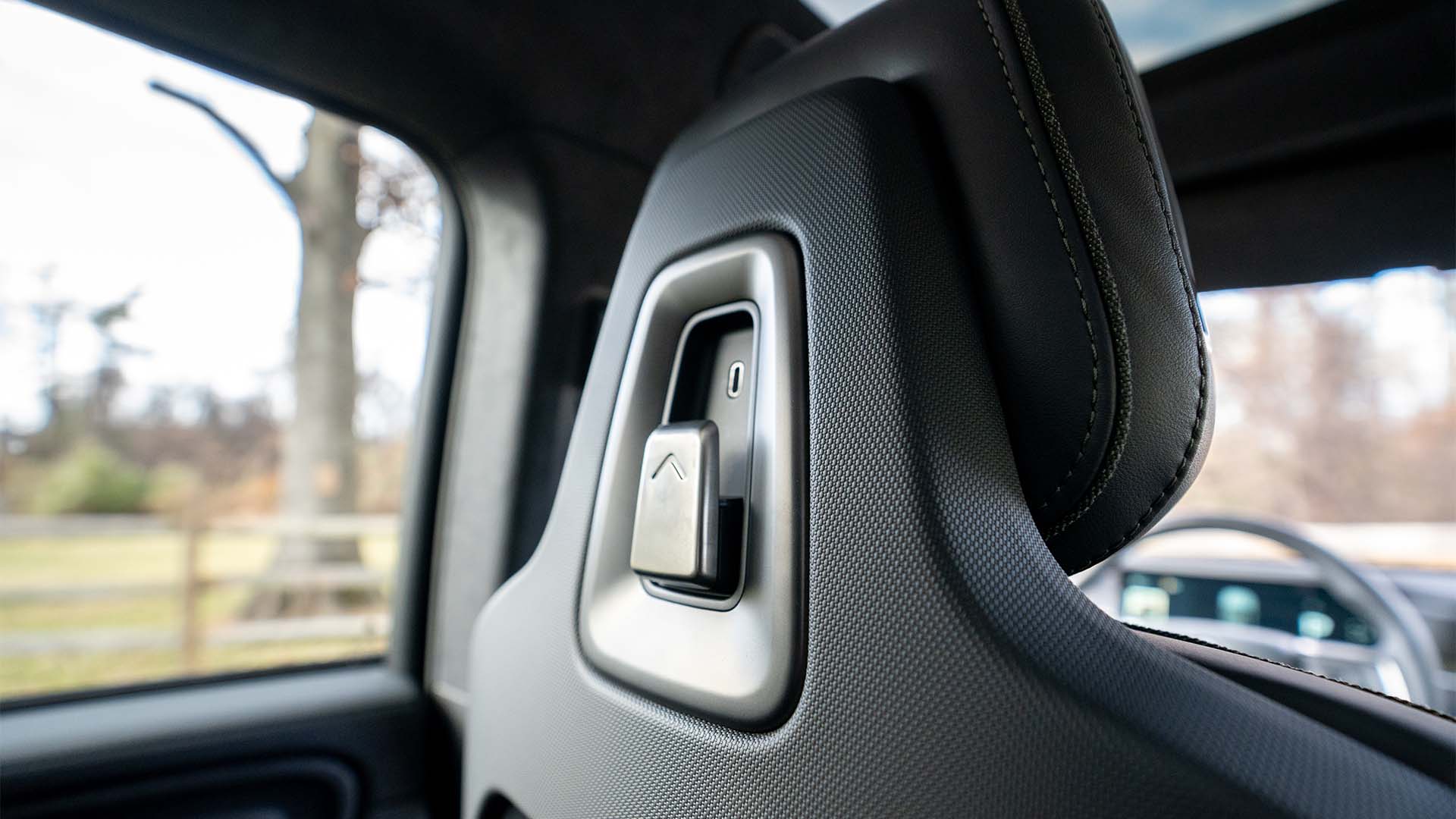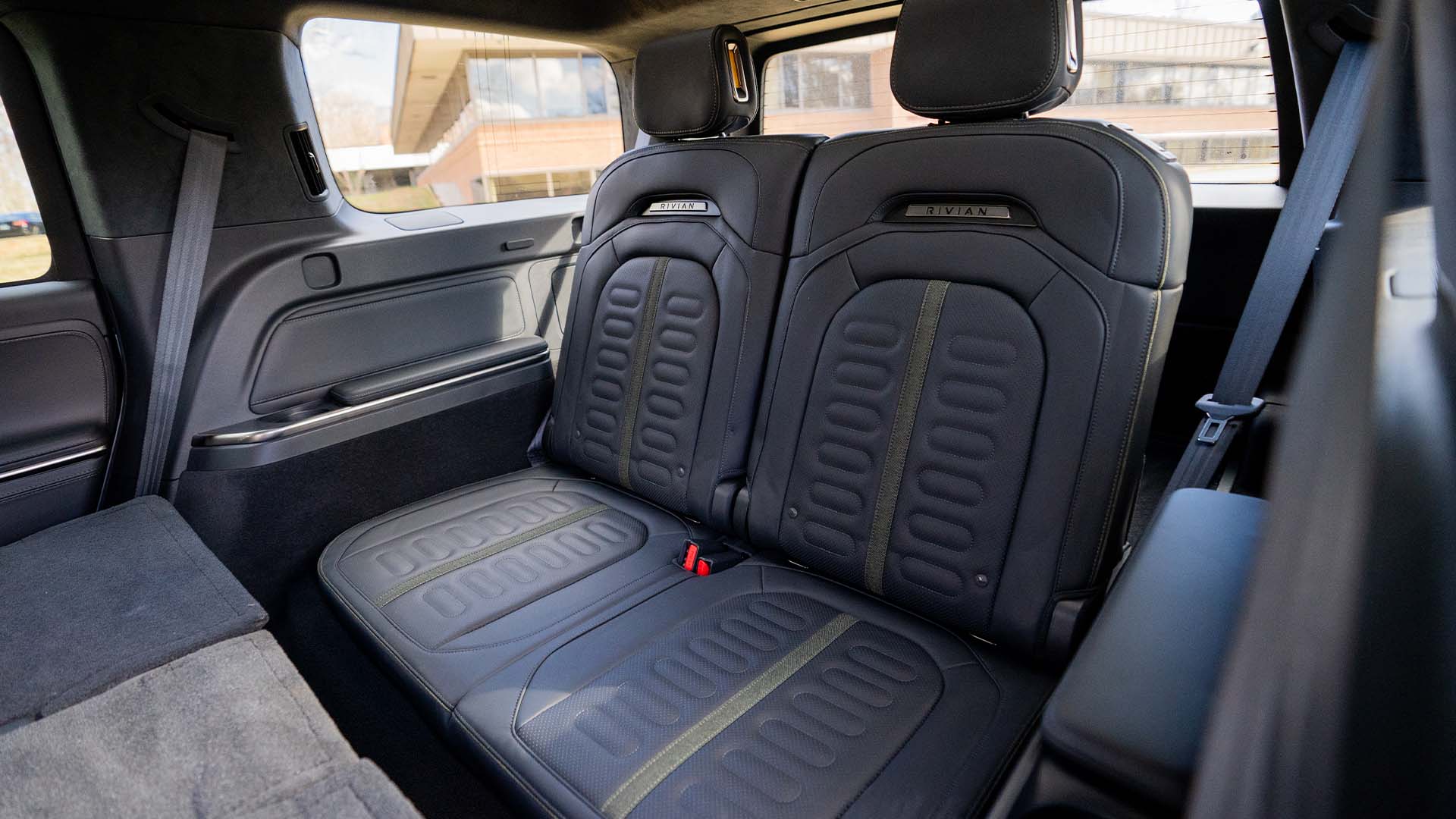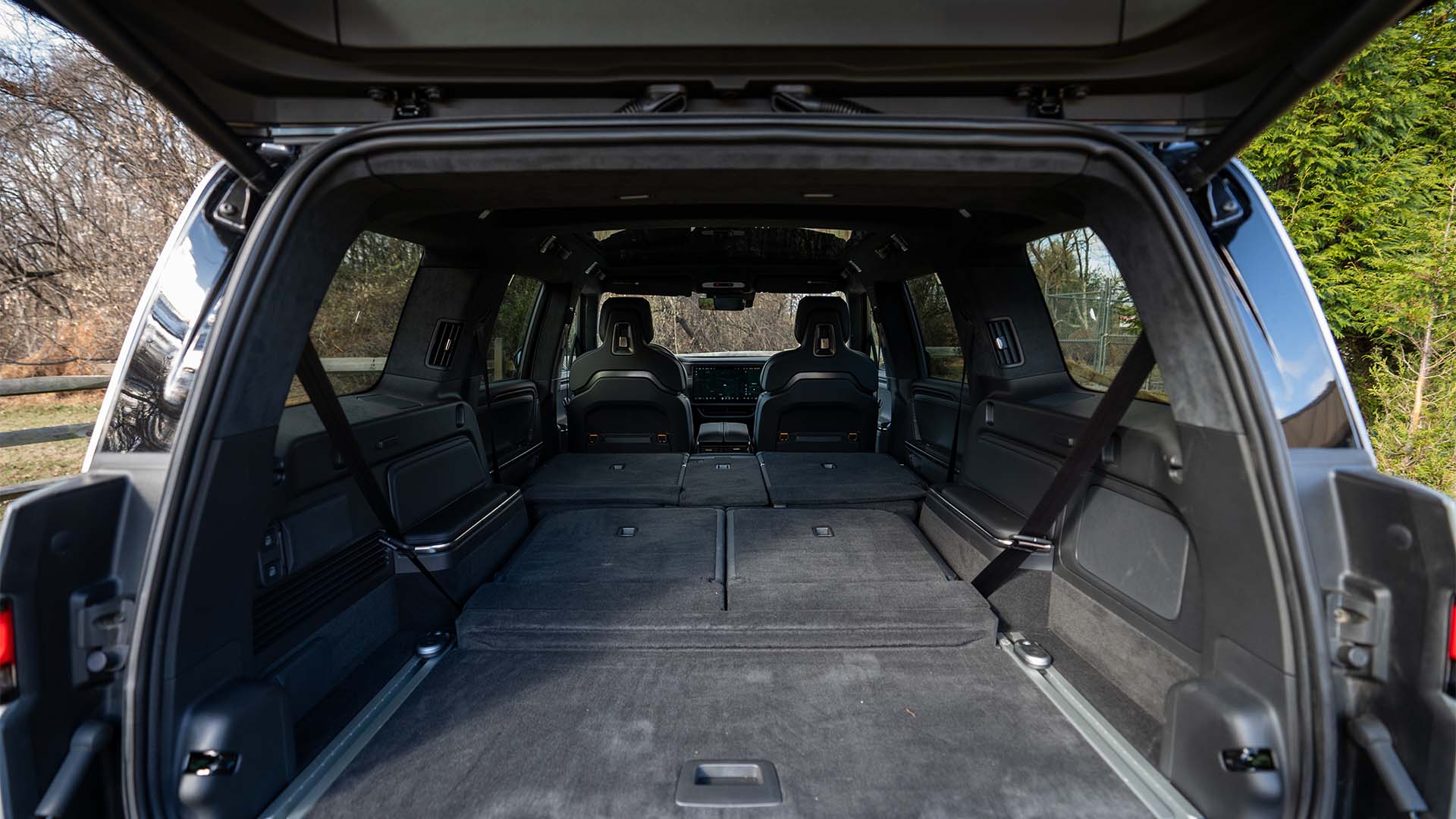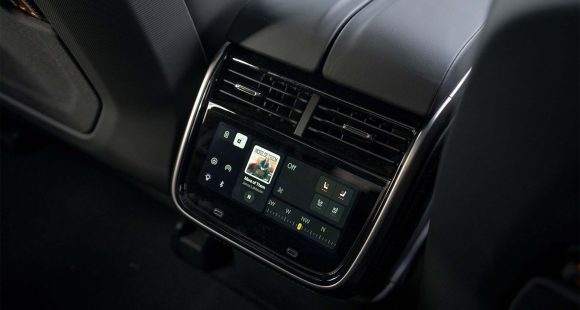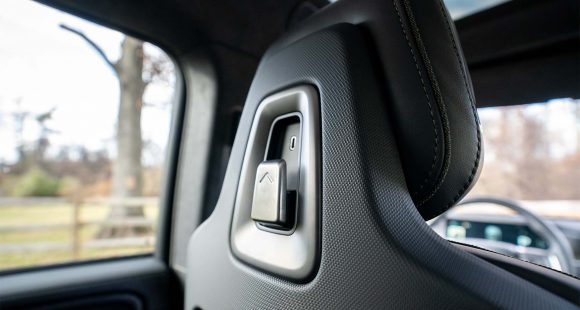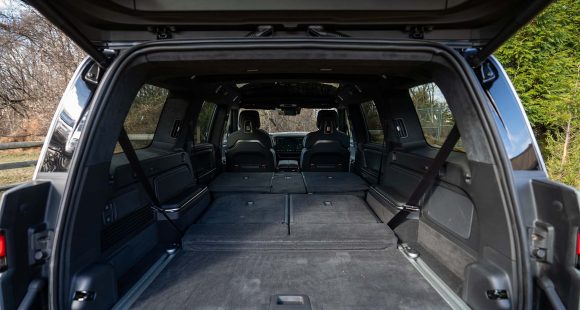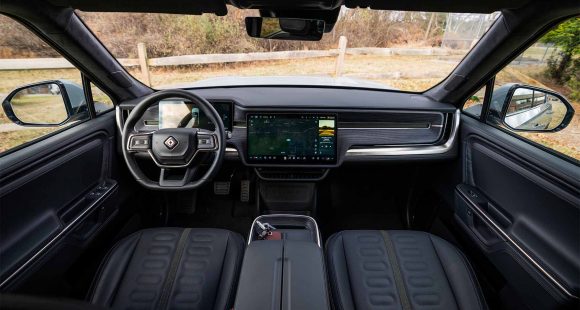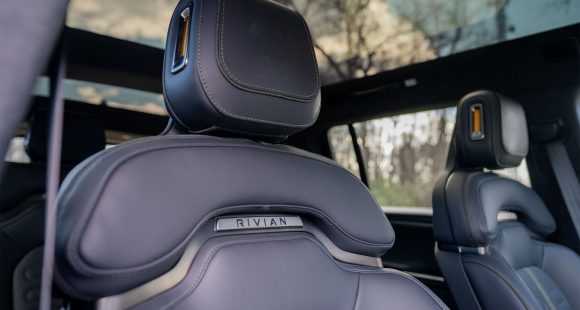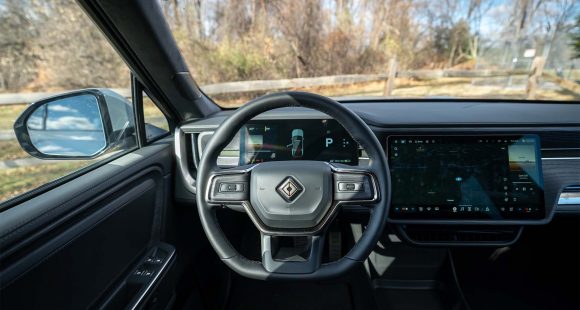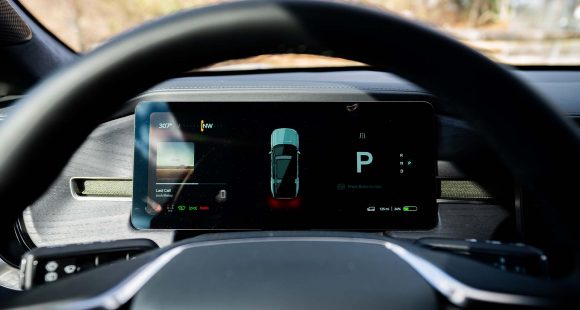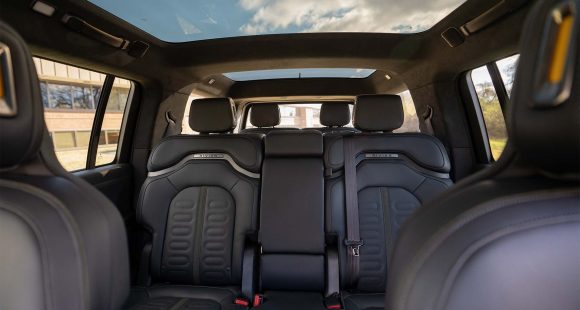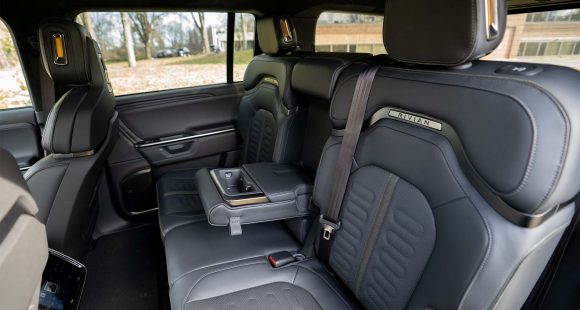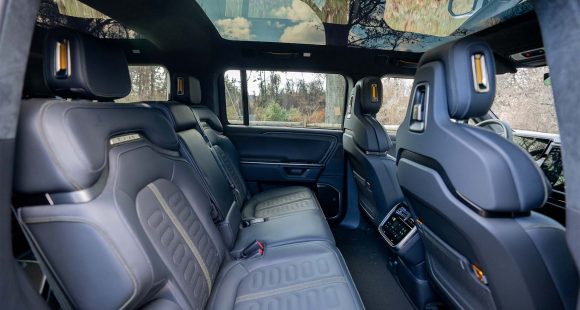2016 Cadillac CT6
The 2016 Cadillac CT6 is indeed an all-new flagship sedan that doesn’t replace anything currently in the lineup, but rather looks to extend the range while raising the profile of the entire Cadillac brand.
Slightly longer than an XTS, both the CT6’s overall length and 122.4-inch wheelbase are just shy of benchmark large luxury liners Mercedes-Benz S-class and BMW 7-series; but it’s much bigger than four-doors like the Acura RLX that straddle the midsize/fullsize line.
This car is clearly full-size and it is also beautiful; sleek and sophisticated, far more gorgeous going down the street than it ever looked on an auto show stand.
Yet it still appears very American, and there are plenty of traditional Caddy cues. Proportions are just right.
 Standard 2.0-liter turbo 4-cylinder power might be a stretch for a large global sedan, but its 265-horsepower is certainly adequate. And most Cadillac owners never know what’s under the hood anyway.
Standard 2.0-liter turbo 4-cylinder power might be a stretch for a large global sedan, but its 265-horsepower is certainly adequate. And most Cadillac owners never know what’s under the hood anyway.
A 335-horsepower 3.6-liter V6 is the next step up, but the hot ticket for now, is our test car’s twin-turbo 3.0-liter V6. Horsepower here is 404, accompanied by 400 lb-ft. of torque. We imagine a V8 will appear sometime in the future.
8-speed automatic transmissions for all.
More significant is the return of a rear-wheel-drive architecture. Of course, all-wheel-drive is available as well.
And consider our minds blown when we checked the rearview mirror only to see it’s actually a wide video display from the rear mounted camera. It takes a little getting used to as you lose your normal frame of reference, but you can always switch back to a normal mirror.
Applying lessons learned with the ATS, lots of aluminum is involved in keeping weight down, more mid-size than full at just over 4,000–lbs. with the turbo-6; and you certainly feel it.
Highway ride is quite plush, yet nowhere near bloated; and it doesn’t go to pieces when pushed hard through corners.
It’s actually impressively solid, stays almost flat thanks to magnetic ride control, and has a joyous bit of oversteer at the limit.
Steering is very direct with a performance sedan feel and excellent feedback.
Things actually do get sporty in sport mode, and the car seems to shrink as you push harder; yet it remains incredibly smooth.
Off the line it certainly feels like 400-horsepower, with a quick leap to 60 in 5.4-seconds. With all-wheel-drive, there was gobs of traction and plenty of bold power laid down.
The engine revs quickly, and automatic shifts come on just as fast; but the car remains super stable at speed, hitting 105 at the end of the ¼, after 13.7-seconds.
 The interior is a huge step up for the brand, nicer than the XTS, and even more inviting than the XT5 crossover that we’ve also recently spent a lot of time in. Most materials like wood and chrome are excellent. The leather-work, not so much. And, there are still a lot of different materials and surfaces going on in here.
The interior is a huge step up for the brand, nicer than the XTS, and even more inviting than the XT5 crossover that we’ve also recently spent a lot of time in. Most materials like wood and chrome are excellent. The leather-work, not so much. And, there are still a lot of different materials and surfaces going on in here.
Most of us aren’t fans of having strictly touch controls, though things have come a long way since the original CUE interface; we could live with this setup.
CT6 front seat comfort is truly spectacular; and, with almost a foot more wheelbase than the XTS, rear seat room very plentiful, as is trunk space.
Every safety system you could expect is available including night vision and automatic braking, which waits until the absolute last possible second before aggressively taking over and bringing you to a safe stop.
Government Fuel Economy Ratings are 18-City, 26-Highway, and 21-Combined. We averaged a good 22.8 miles-per-gallon of Premium.
For an average Energy Impact Score of 15.7-barrels of oil consumed and 7.0- tons of CO2 emitted yearly,
Style and sophistication come with hefty price tags, but Cadillac does seem to have a CT6 for everyone from a base CT6 at $54,490 to Platinum trim with twin-turbo V6 at $88,460
So does the 2016 Cadillac CT6 really have what it takes to compete with the world’s best luxury sedans? Well, it’s close with only a few details that need addressing. Still we think the CT6 easily exceeds its traditional buyers’ expectations, while giving new converts won over with the CTS and ATS a car to aspire to. It is a bold move up in style, stance, and interior features; and worthy of its flagship banner. It’s also clearly the best ever from Cadillac, and an effort we gladly praise.
Specifications
- Engine: 3.0 liter twin turbo V6
- Horsepower: 404
- Torque: 400 lb-ft.
- 0-60 mph: 5.4 seconds
- 1/4 mile: 13.7 seconds @ 105 mph
- EPA: 18 mpg city / 26 mpg highway
- Energy Impact: 15.7 barrels of oil/yr
- CO2 Emissions: 5.0 tons/yr
- Transmission: 8 spd automatic
2025 Rivian R1S
Major Reboot for Rivian R1S
With just about every mainstream carmaker now onboard with battery-electric vehicles, EV-only brands are hoping there are still plenty of people out there willing to think outside the box. So, let’s see if Rivians latest R1S utility can make the case for taking the EV road less traveled.
Big changes have happened in the short time since the Rivian R1S first hit the streets three years ago. As for 2025, there are updates that touch just about every aspect of the vehicle. Yes, despite looking almost exactly the same outside, Rivian claims that beneath the surface, their entire electrical architecture has been significantly updated, eliminating a whopping mile and a half of wiring and 10 computer assemblies, allowing for more efficient operation.
But look closely and you will see their signature vertical oval headlights are updated with a new matrix of LED lights that can cycle individual elements on and off to provide maximum illumination where you need it without distracting oncoming drivers.
Not much change in the look of the interior either, but the synthetic leather upholstery is still very nicely done, though most touchpoints feel more rugged than luxury minded. With the exception of a couple controls on the steering wheel, you do still have to do almost everything on the R1S’s 15.6-inch touchscreen, but the user interface has been improved. So, while we do wish they could have reverse-engineered a knob or two into the mix, we realize full touchscreen interface is just what people expect in their high-end EVs these days, and at least it works better than before. And the gauge display still wows you with the amount of information it displays and is mounted high enough that no additional head-up display is needed. A new Rivian Autonomy Platform uses 11 cameras, five radars and A.I. for self-driving, or just to monitor what’s going on around the vehicle even when it’s parked.
This [EV] really feels fast, sitting you up high and throwing you back in your seat with authority.
Rivian has also given the R1S a substantial suspension revision with new spring rates, bushings, and mounts; along with new tuning for the adaptive dampers and roll-mitigation system. It does provide a more balanced street attitude, but it still rides like a truck. That’s great if that’s the experience you’re looking for; not as ideal if you’re looking for more of the smooth luxury-style treatment.
All R1Ss are all-wheel drive, but there’s a wide variety of powertrain options including a new Tri-Motor setup. Outputs range from the standard Dual-Motor’s 533 horsepower to the Quad-Motor’s impressive 1,025. There are several battery packs as well, delivering as much as 410 miles of range, giving the R1S the highest rating of any SUV on the market right now. Our Adventure trimmed tester featured the 665-horsepower Performance version of the Dual-Motor arrangement, with the Max battery and 20-inch wheels with all-terrain tires.
Theoretically, that setup is rated for 370 miles, but perhaps we were enjoying the “performance” theme too much as our results were well short of that, using 68% of the battery to drive only 189 miles, putting our estimated range around 278 miles. Using 43 kilowatts of electricity for every 100 miles earns the R1S a fair efficiency rating.
But all was forgiven at our Mason Dixon test track when this Rivian started blasting us to 60 in 3.8 seconds. Yes, there are faster EVs, but this one really feels fast, sitting you up high and throwing you back in your seat with authority, while the rear of the truck squats down substantially before hurling you off the line and down the track. Power delivery stayed strong the entire time, cranking away until we cleared the quarter-mile in 10.5 seconds at 108 mph.
Despite this utility’s substantial size and weight, we were able to keep a pretty fast pace through the cones of our handling course. The all-terrain tires obviously didn’t grip the pavement as well as all-seasons would, but the low center of gravity kept things very flat. Yes, it does feel very heavy, but the brakes were more than up to the task, stopping us from 60 mph in a very short 103 feet with surprisingly little nosedive and no fade.
Pricing starts at $77,700 for the Dual-Motor with Standard battery pack; our Dual-Motor Performance with the Max battery and All-Terrain Package came in just over $102,000.
While Rivian has had great initial success; sustaining that success will be a much tougher task. But, if they continue to put as much effort into improving their products as they have here with the 2025 R1S, we think their winning streak will only accelerate.
Specifications
As Tested
- Motor Setup: Dual Motor
- Battery Size: 141.5 kWh
- Horsepower: 665
- Torque: 829 lb-ft
- EPA Range: 370 miles
- 0-60 mph: 3.8 seconds
- 1/4 Mile: 10.5 seconds at 108 mph
- Braking, 60-0 (avg): 103 feet
- MW Test Loop: ~278 miles








